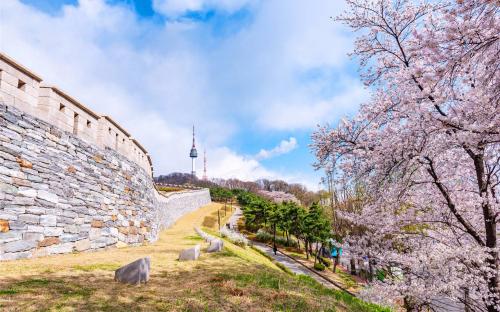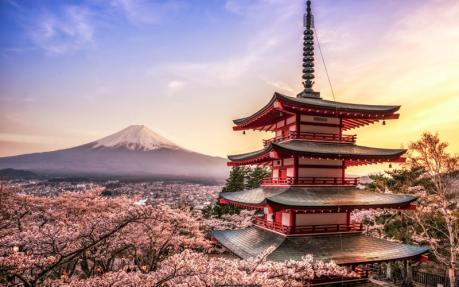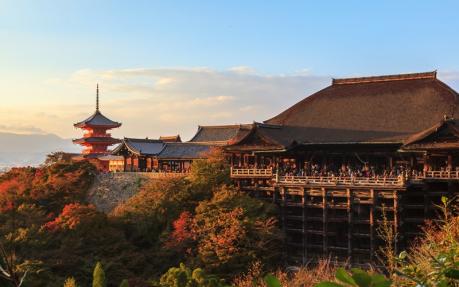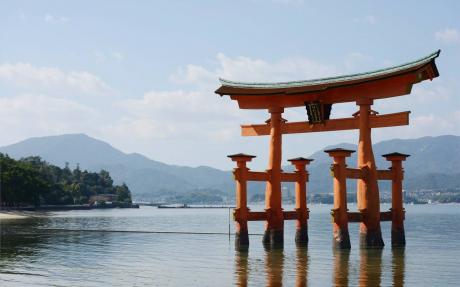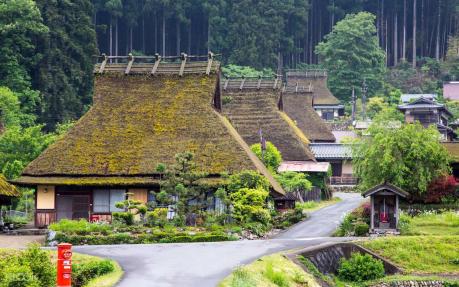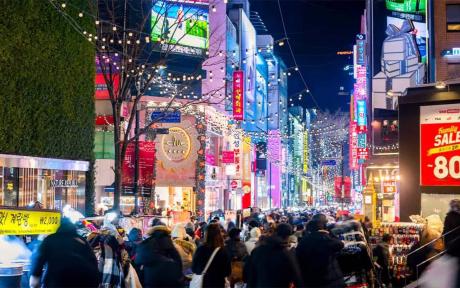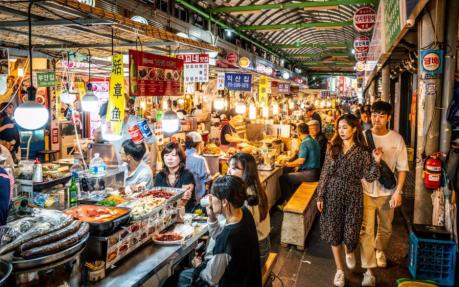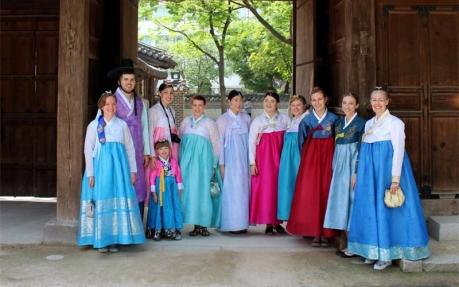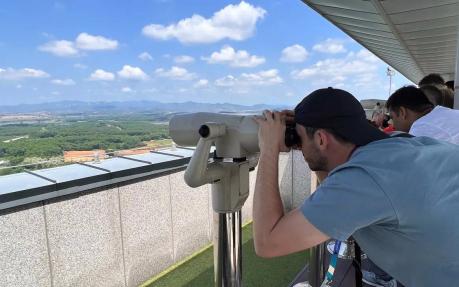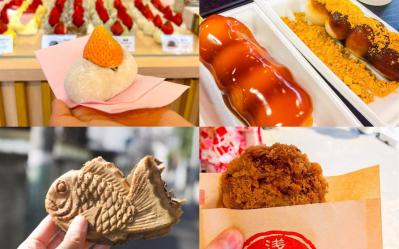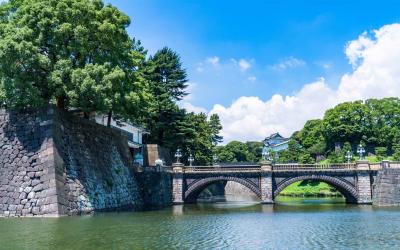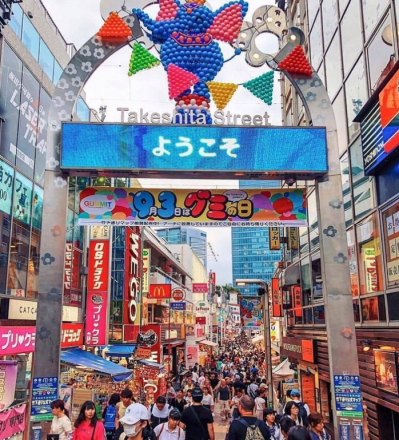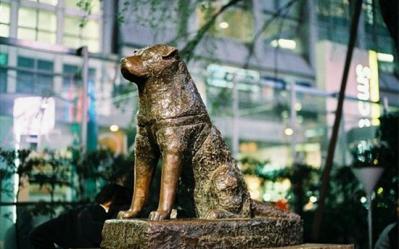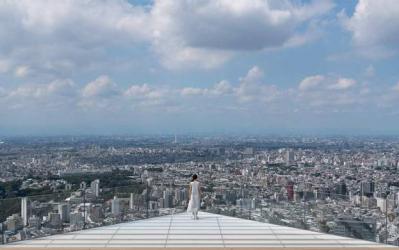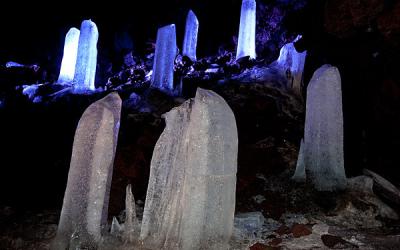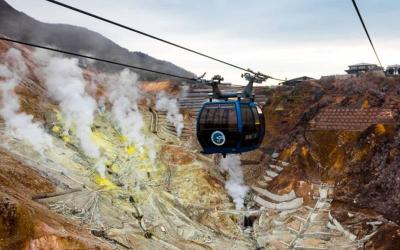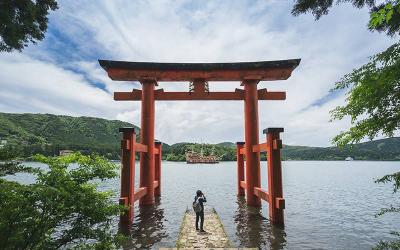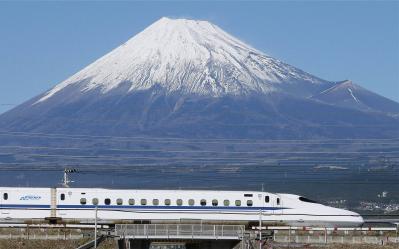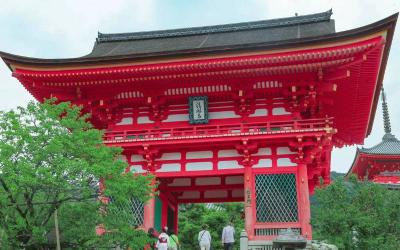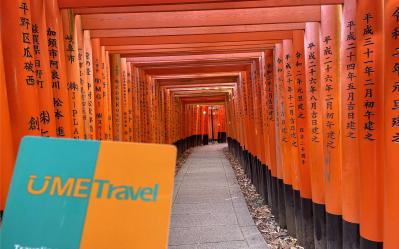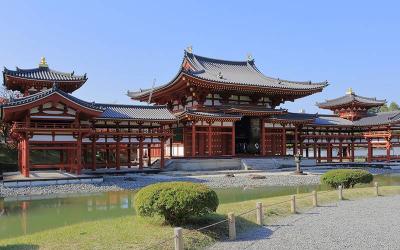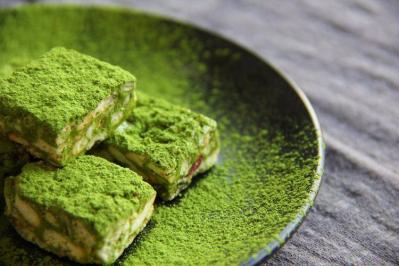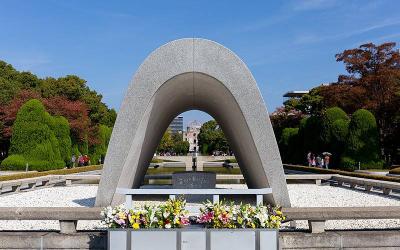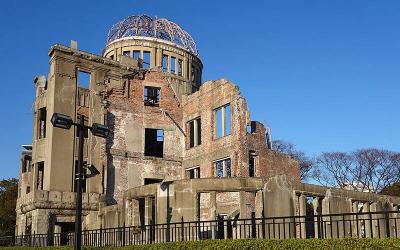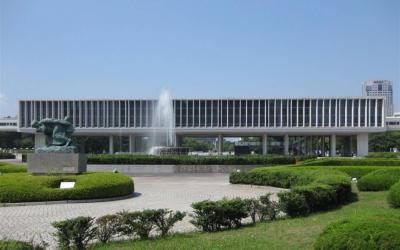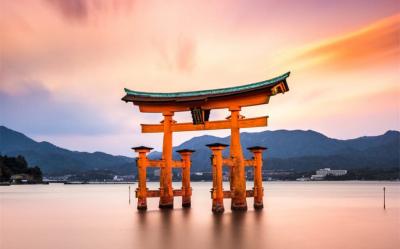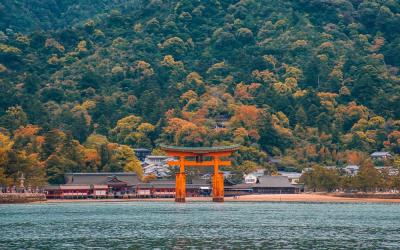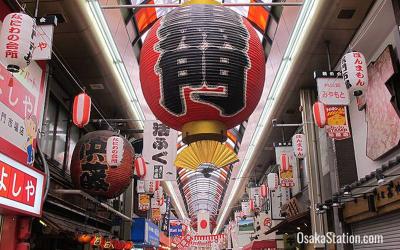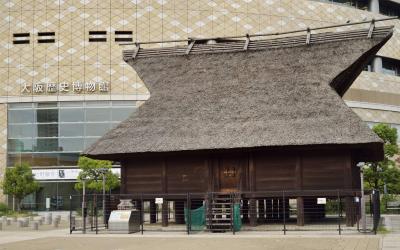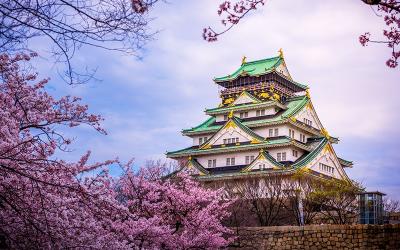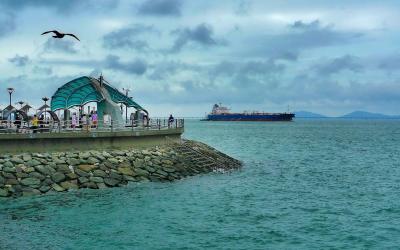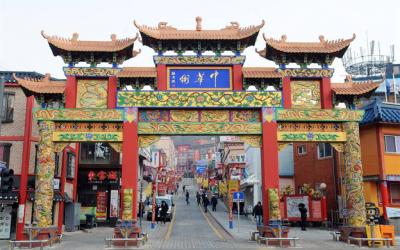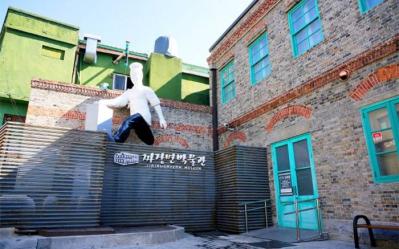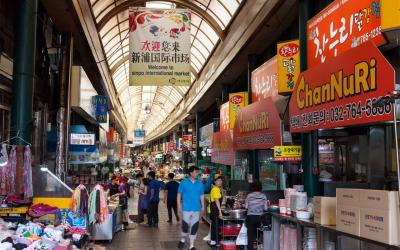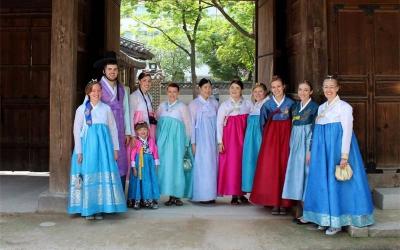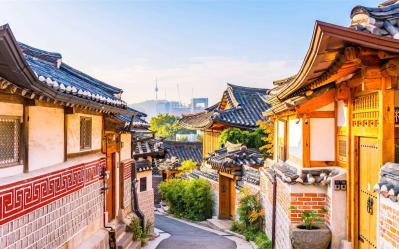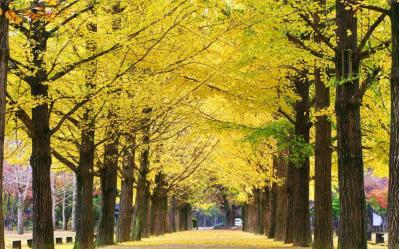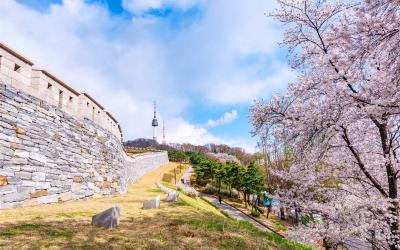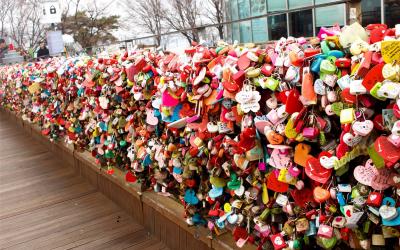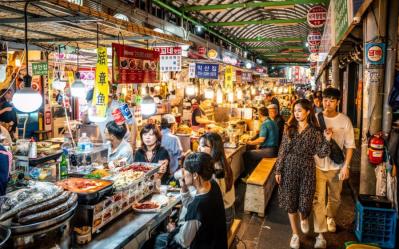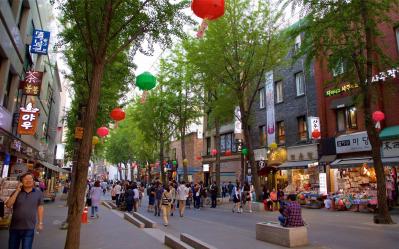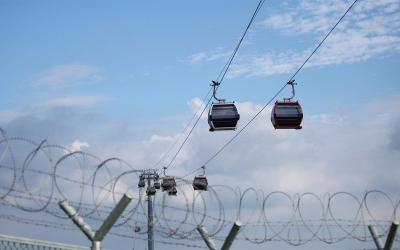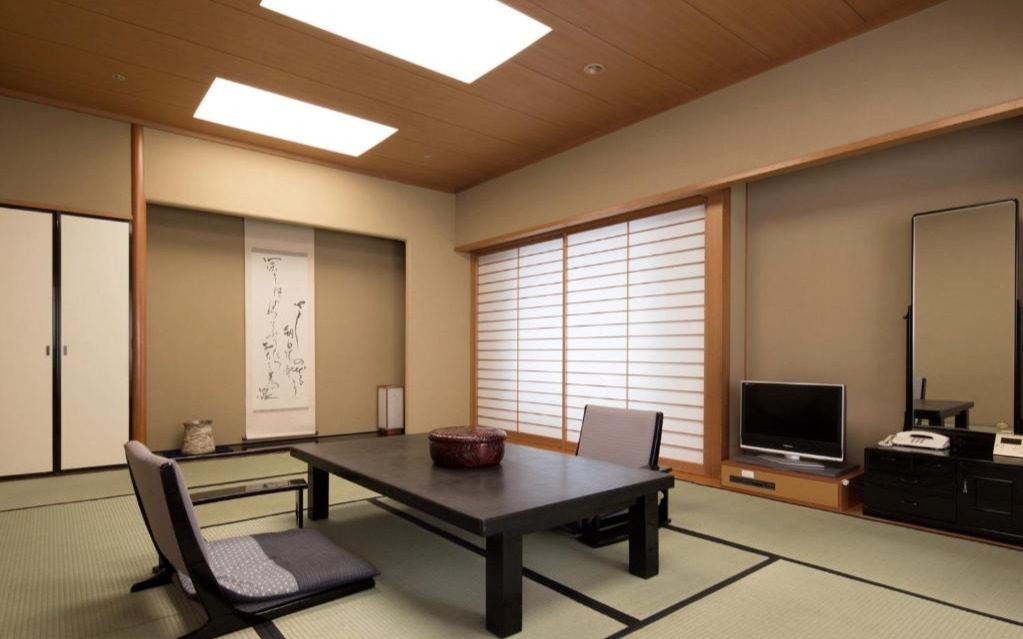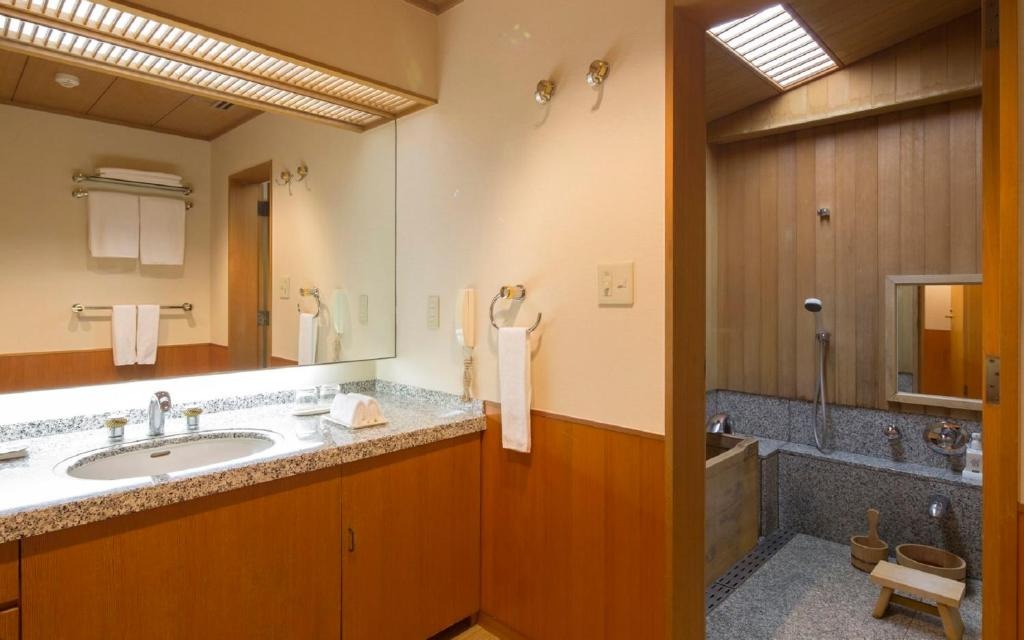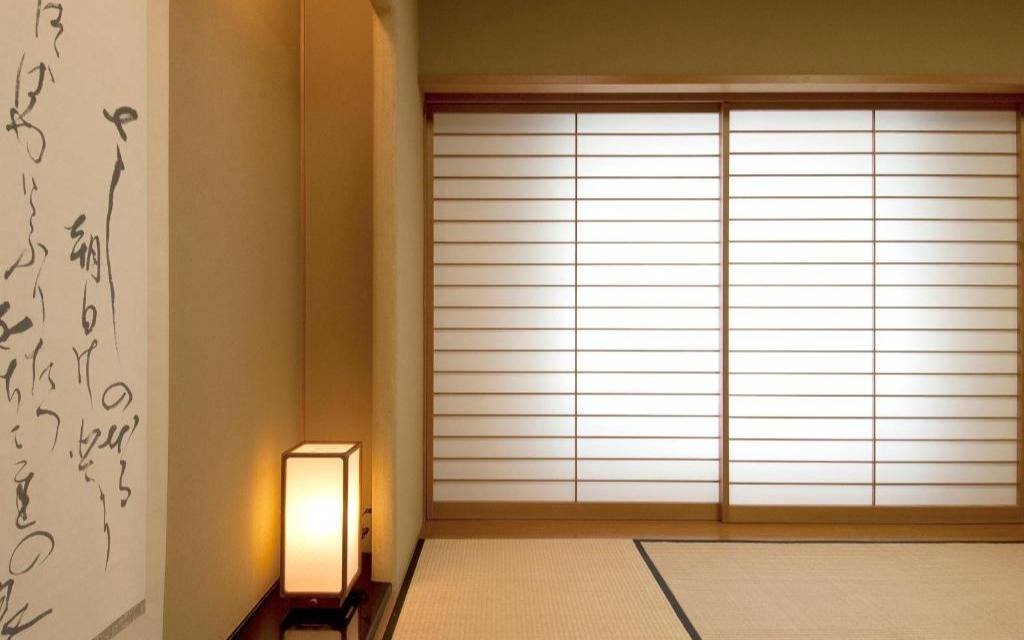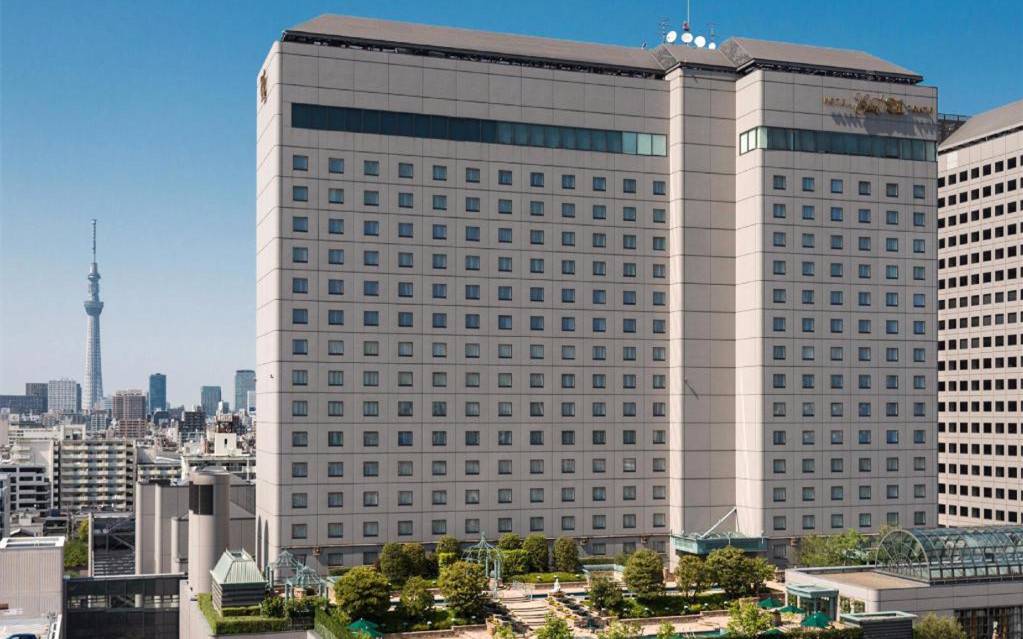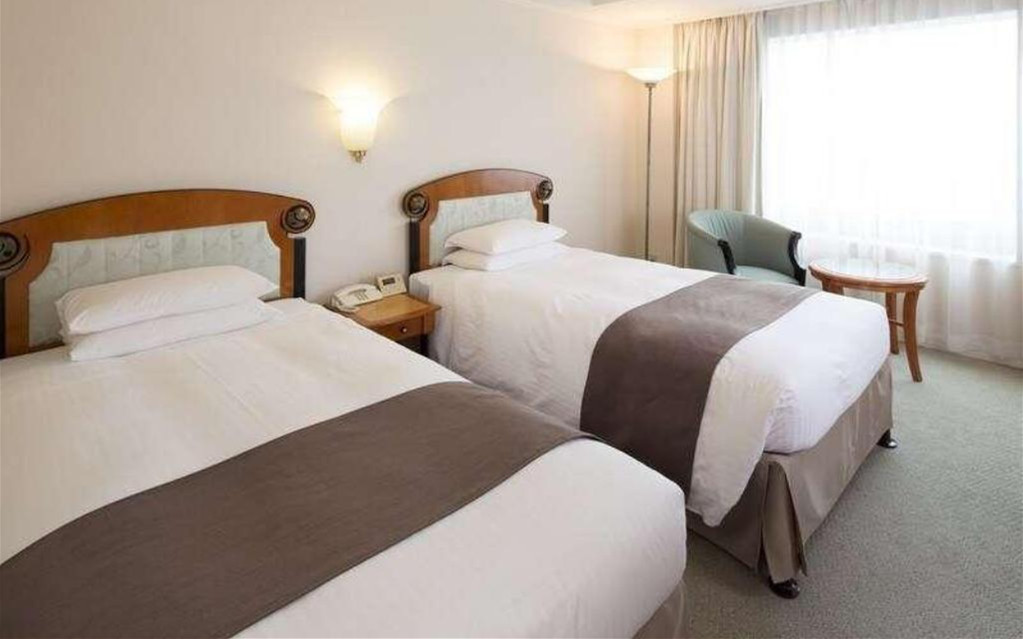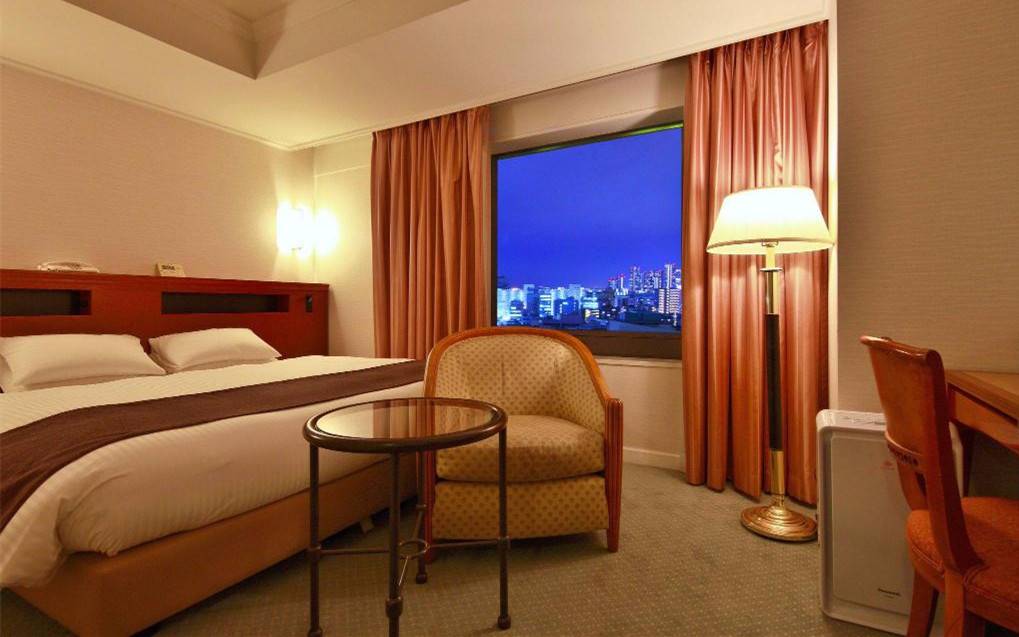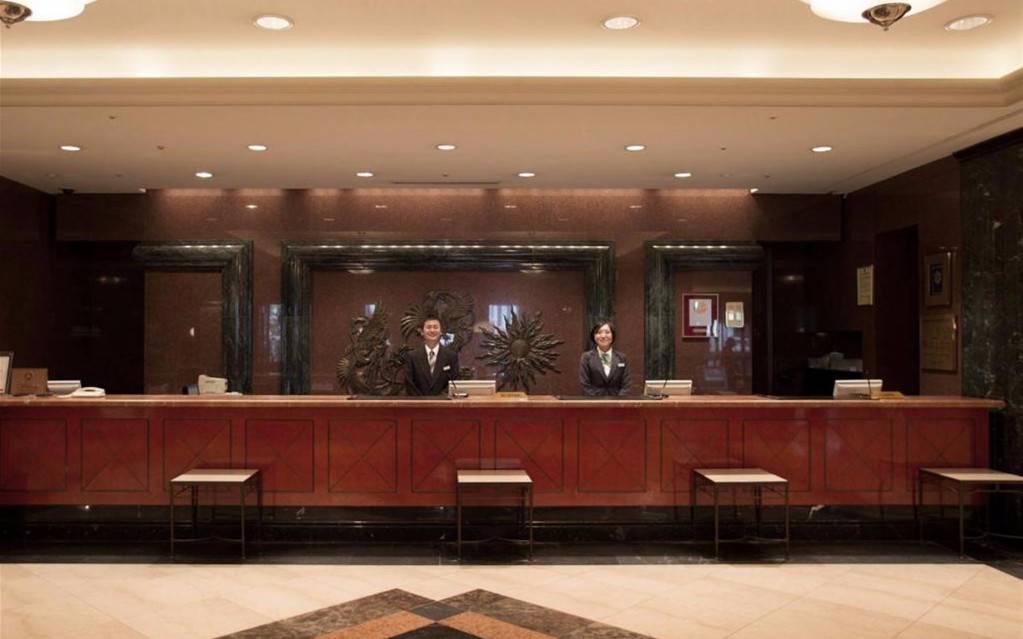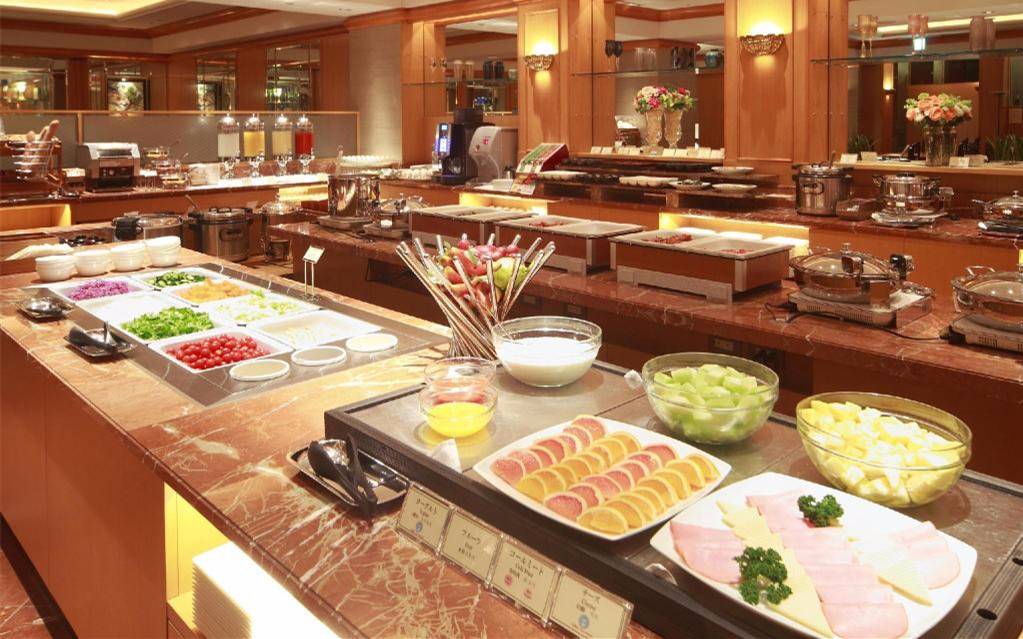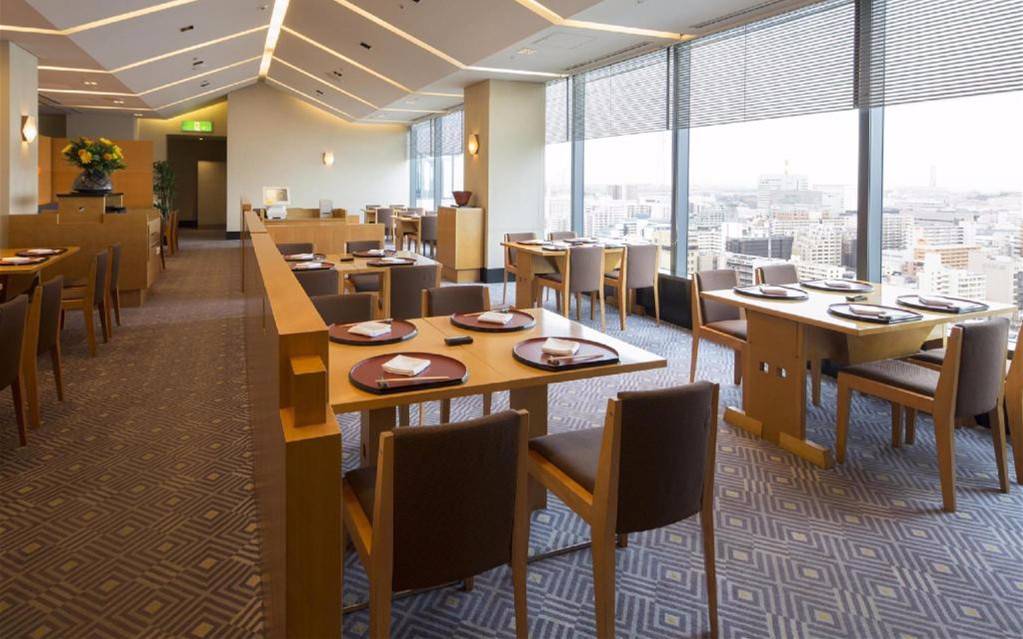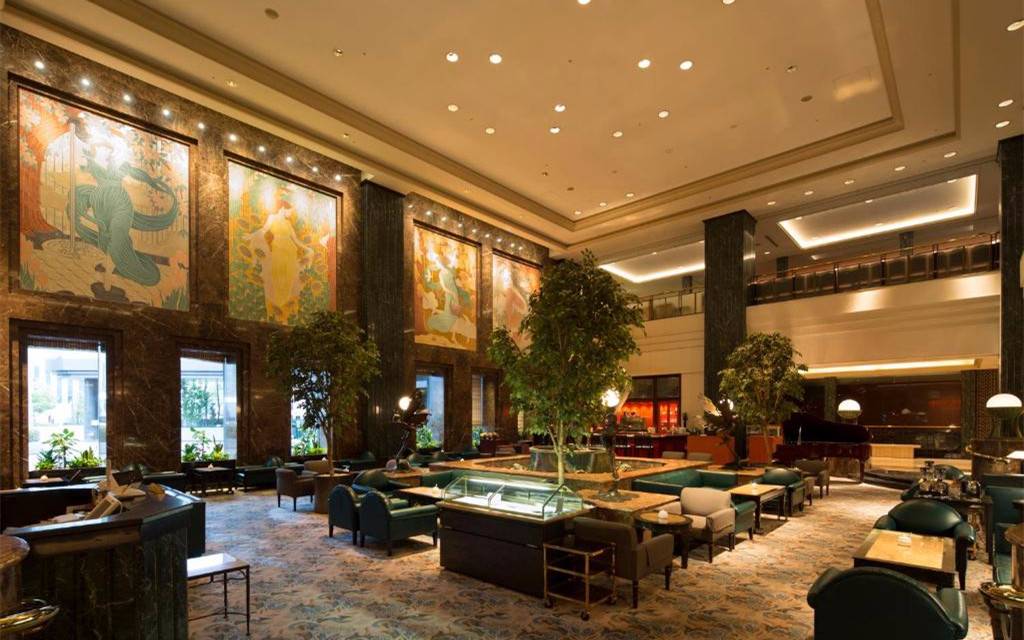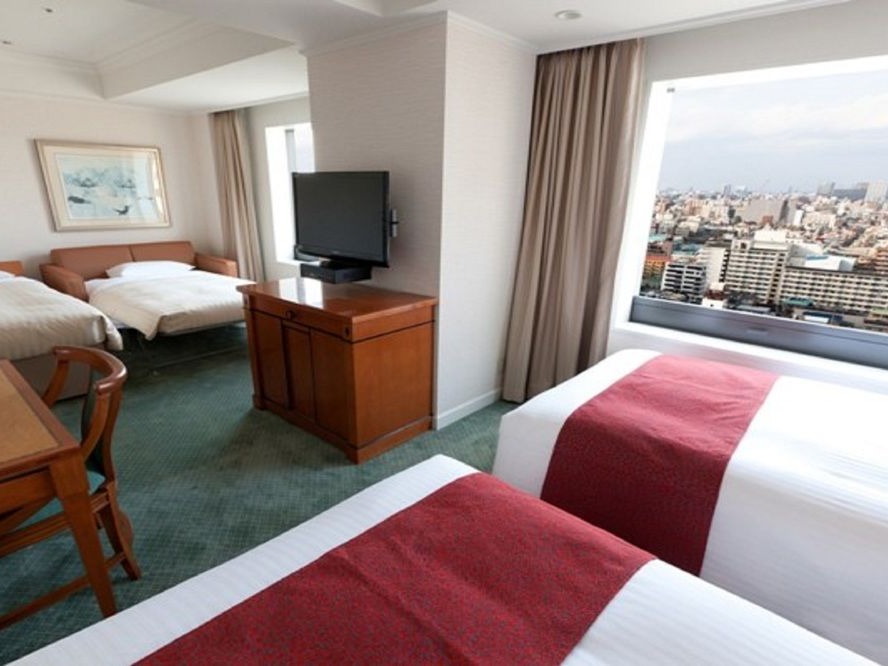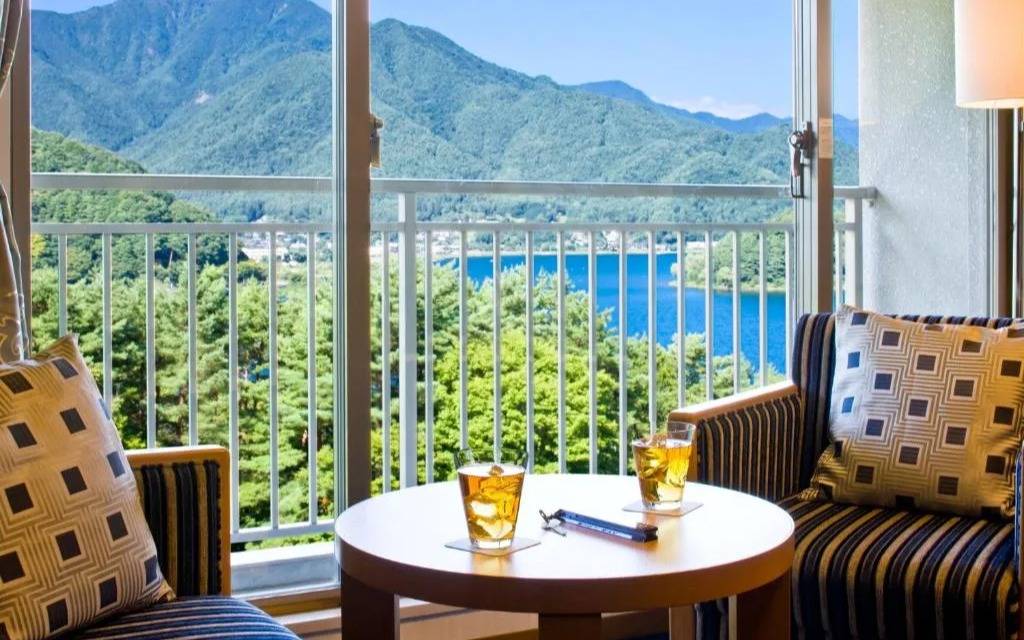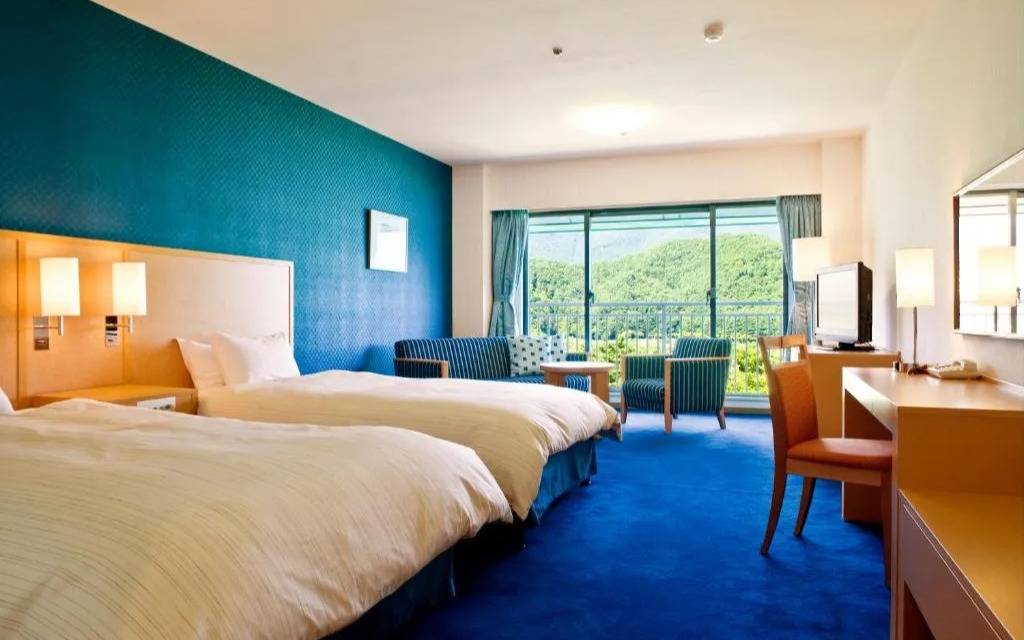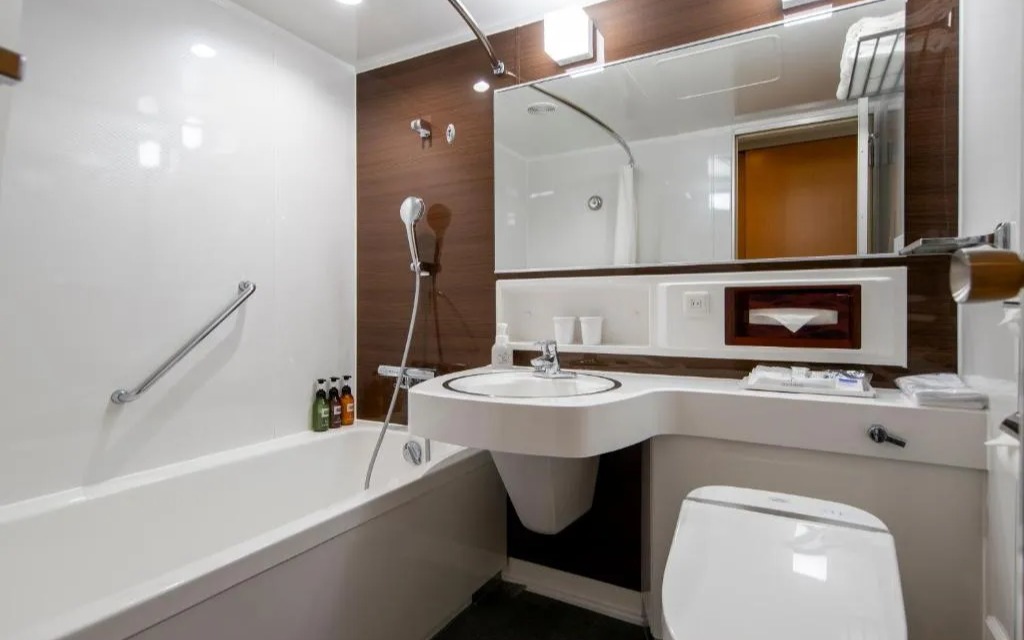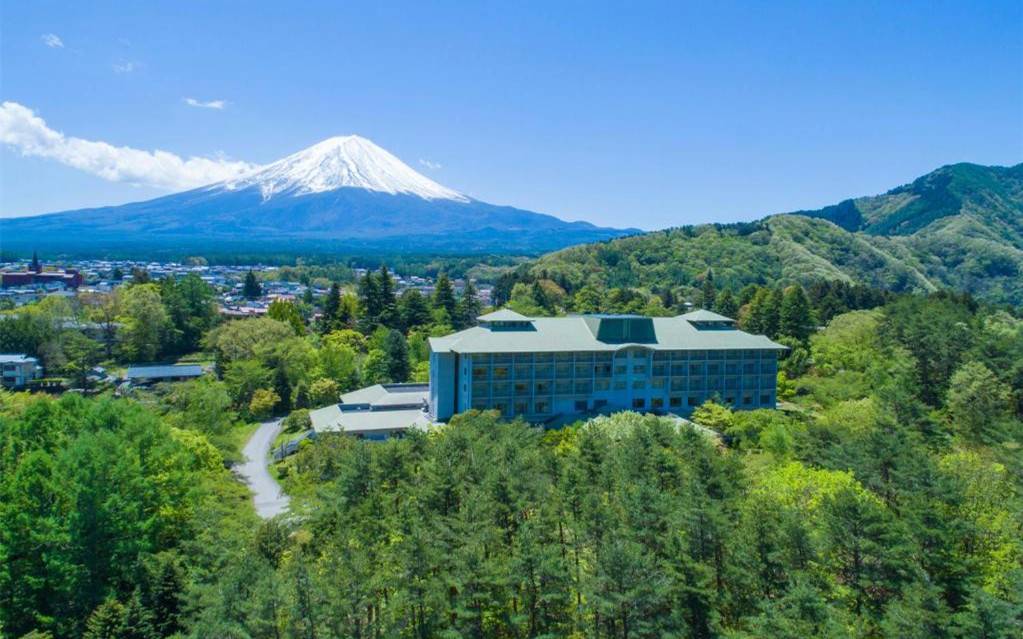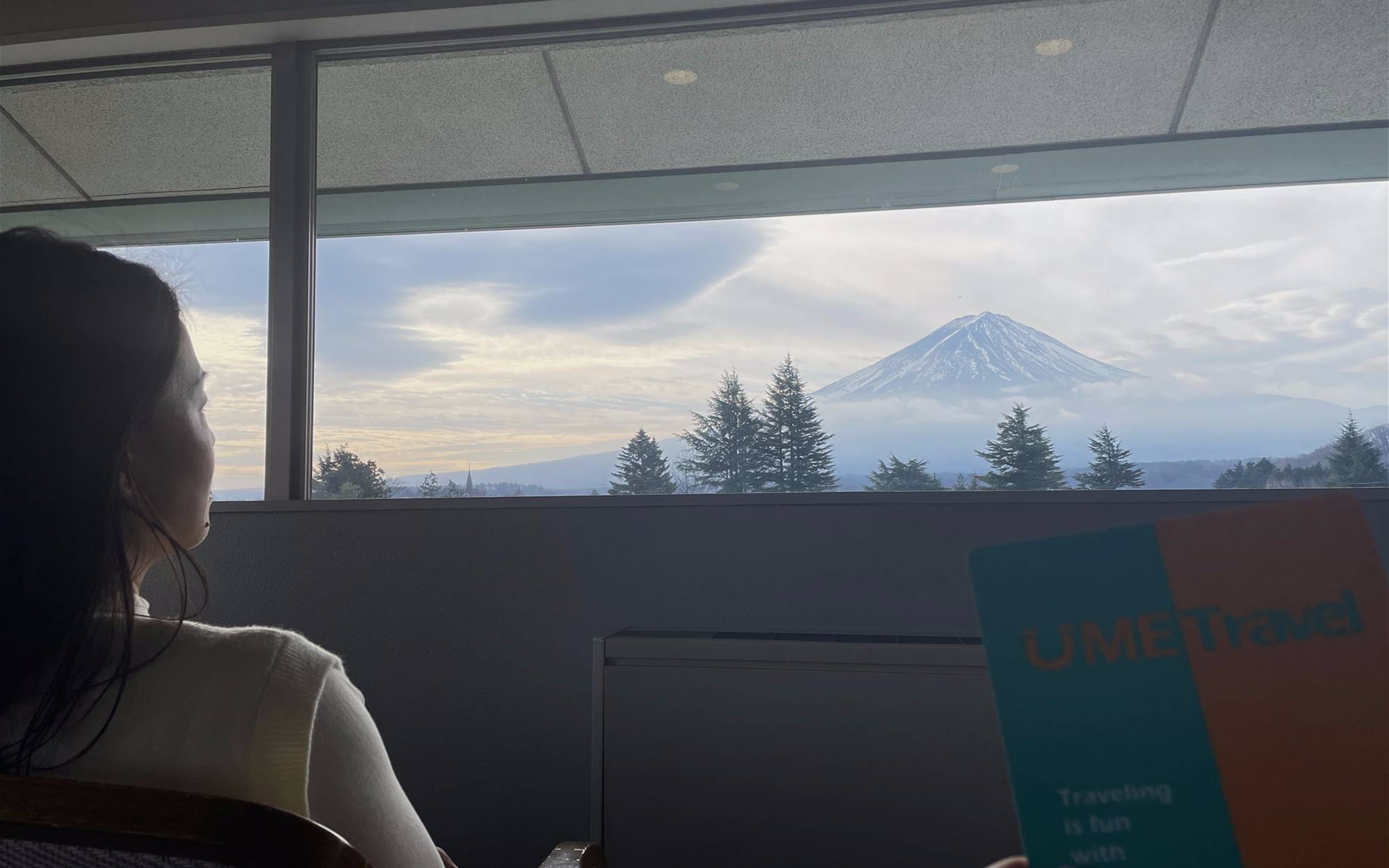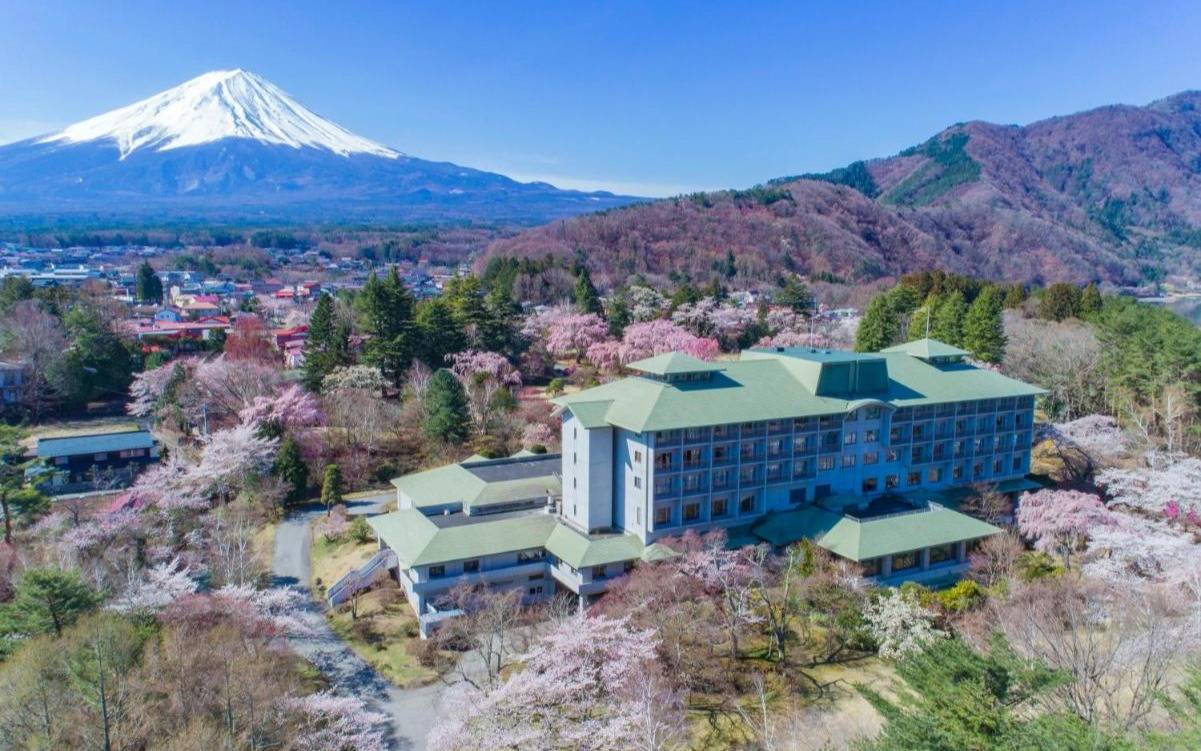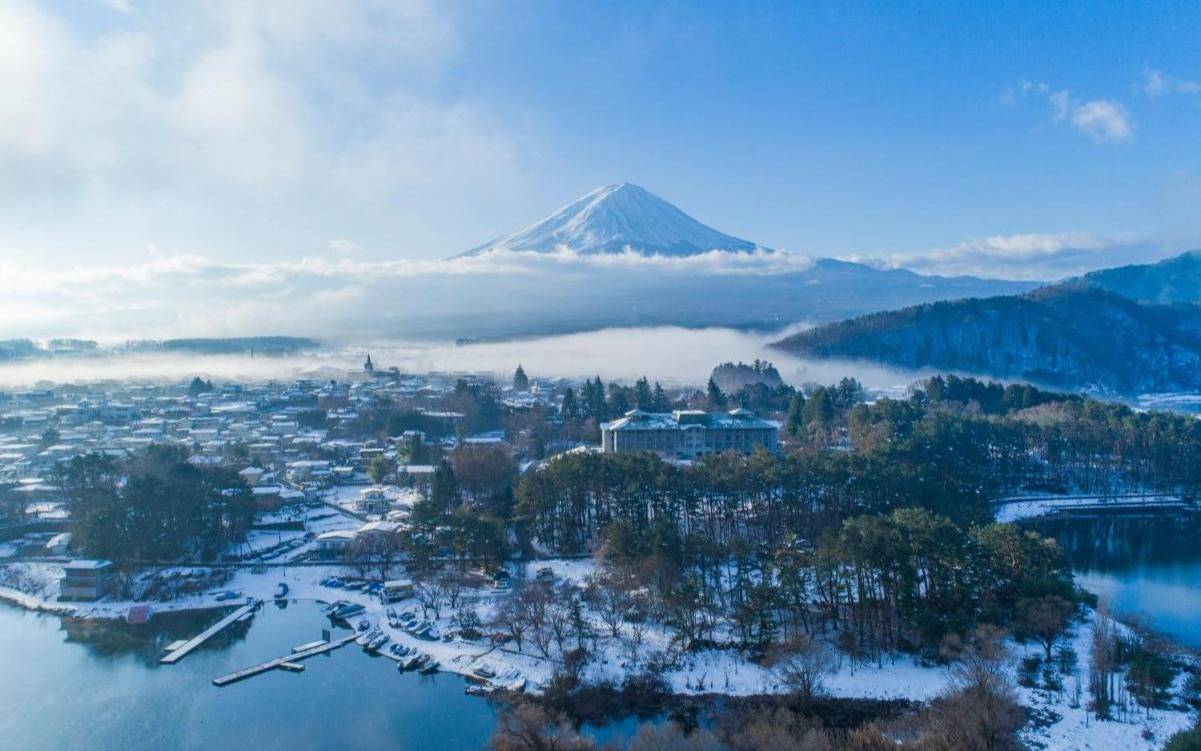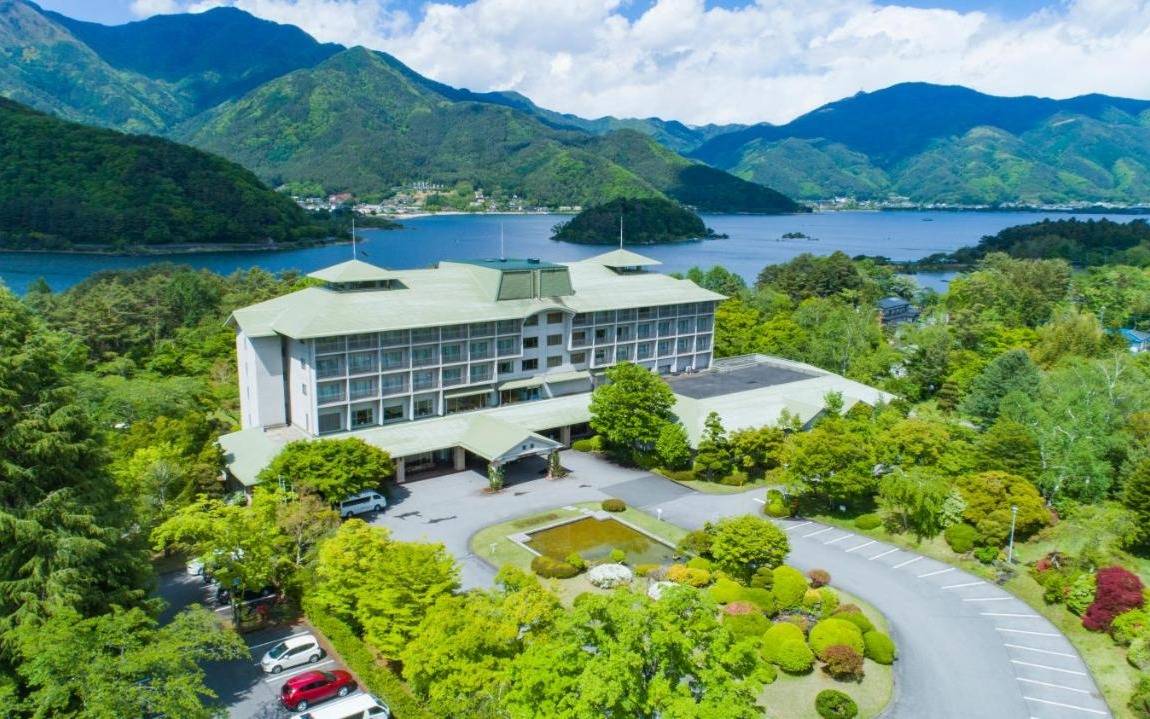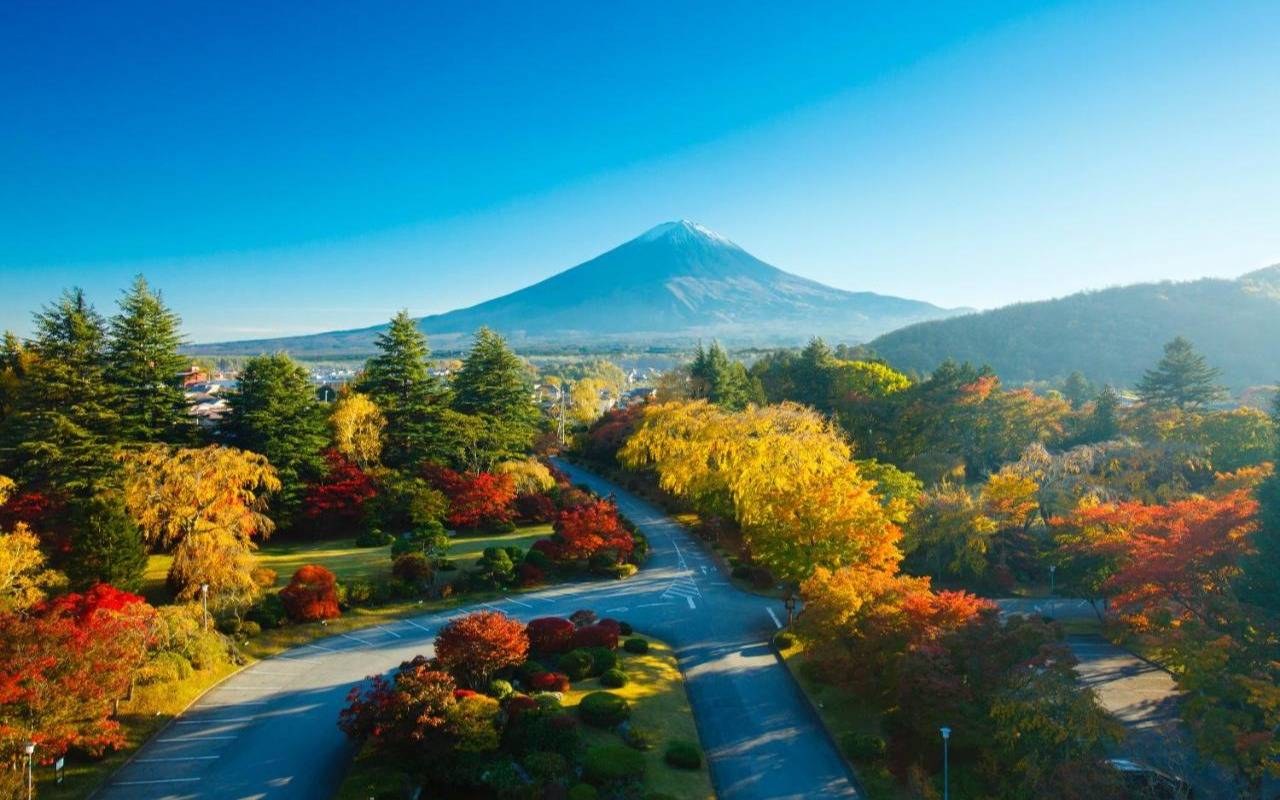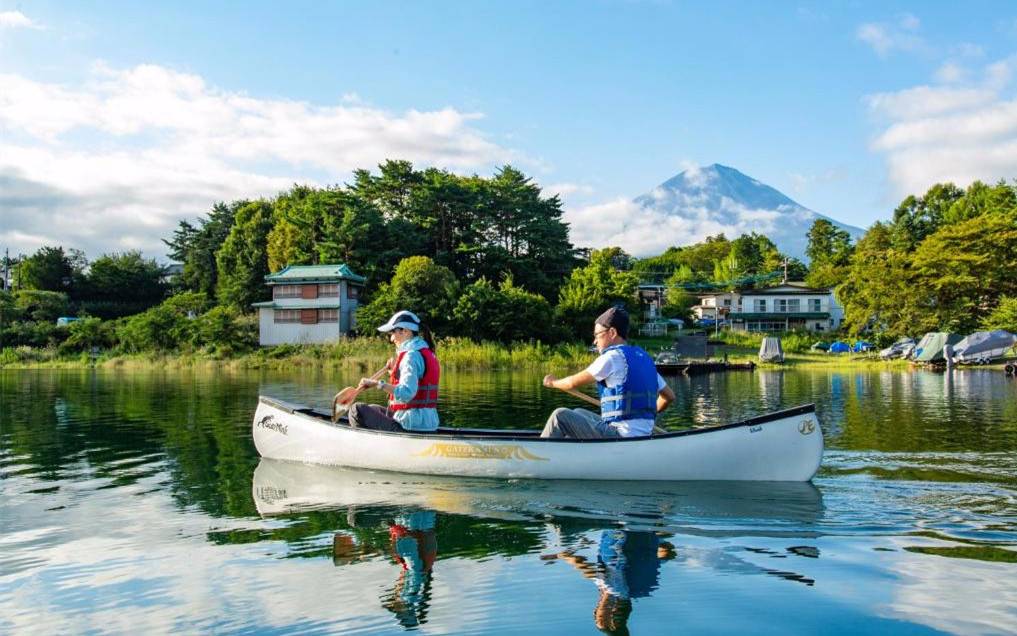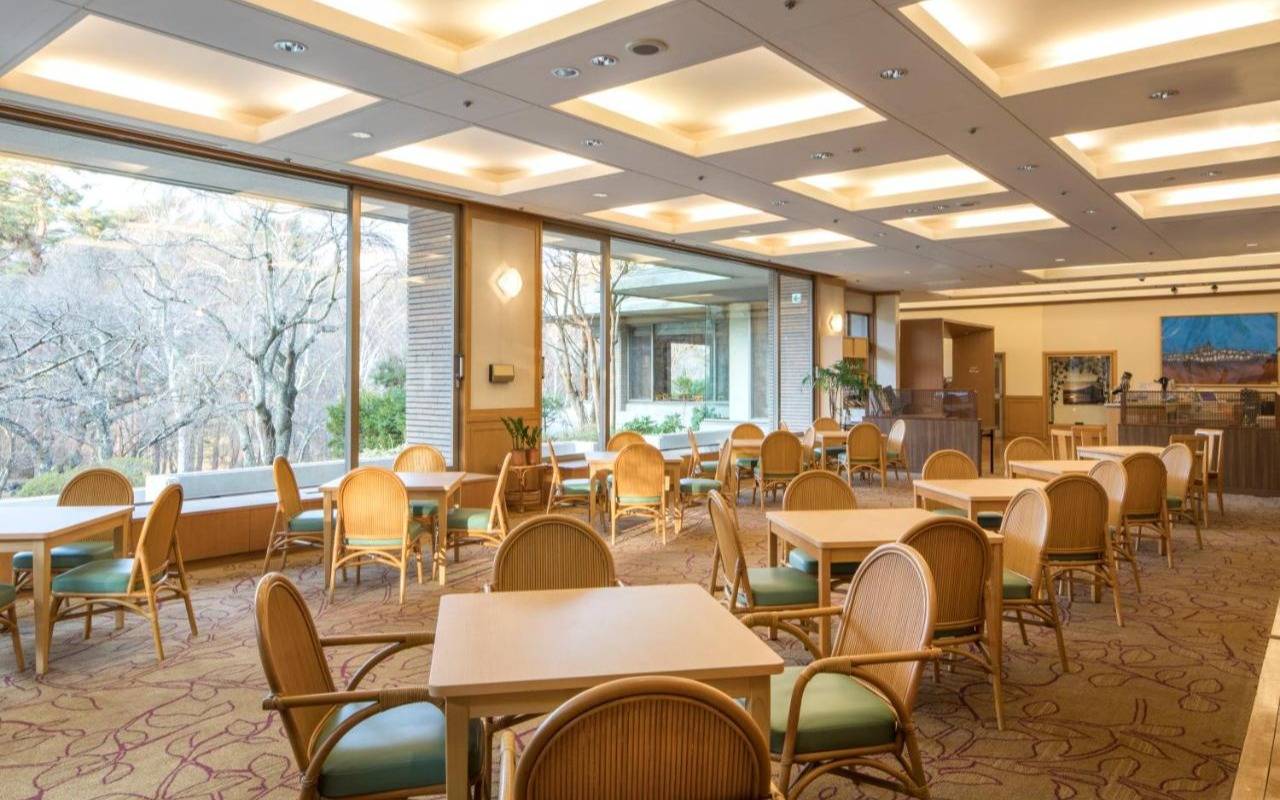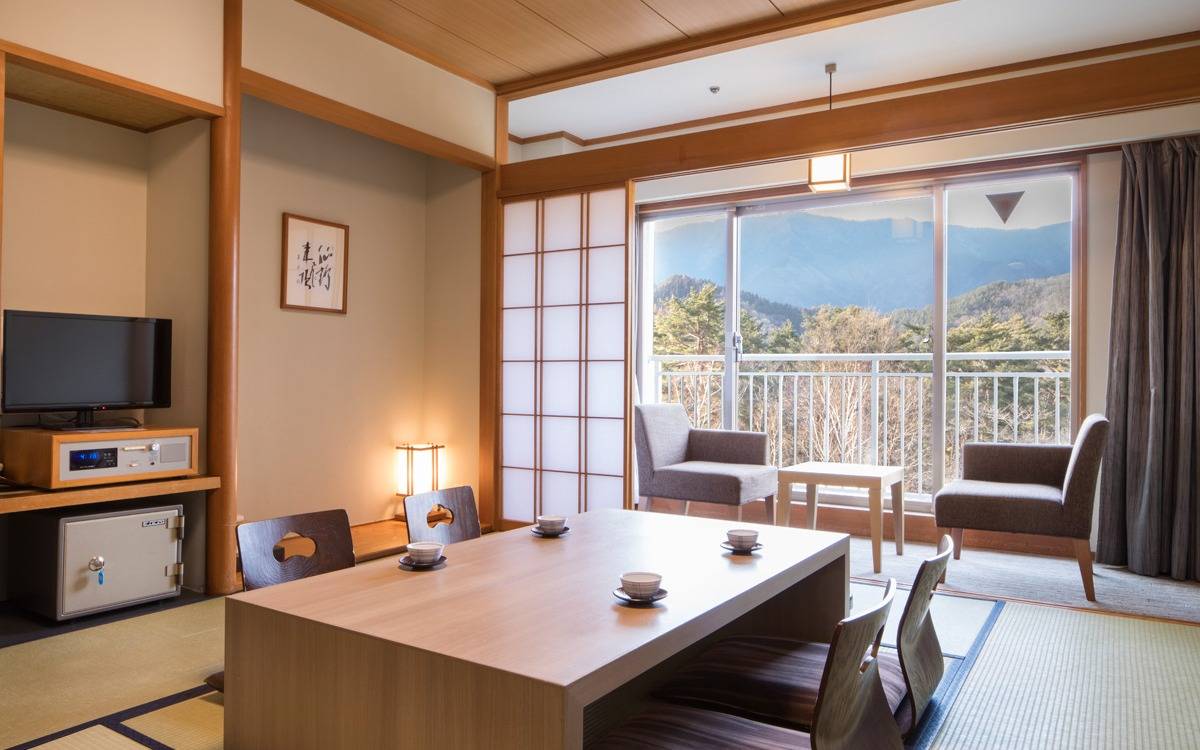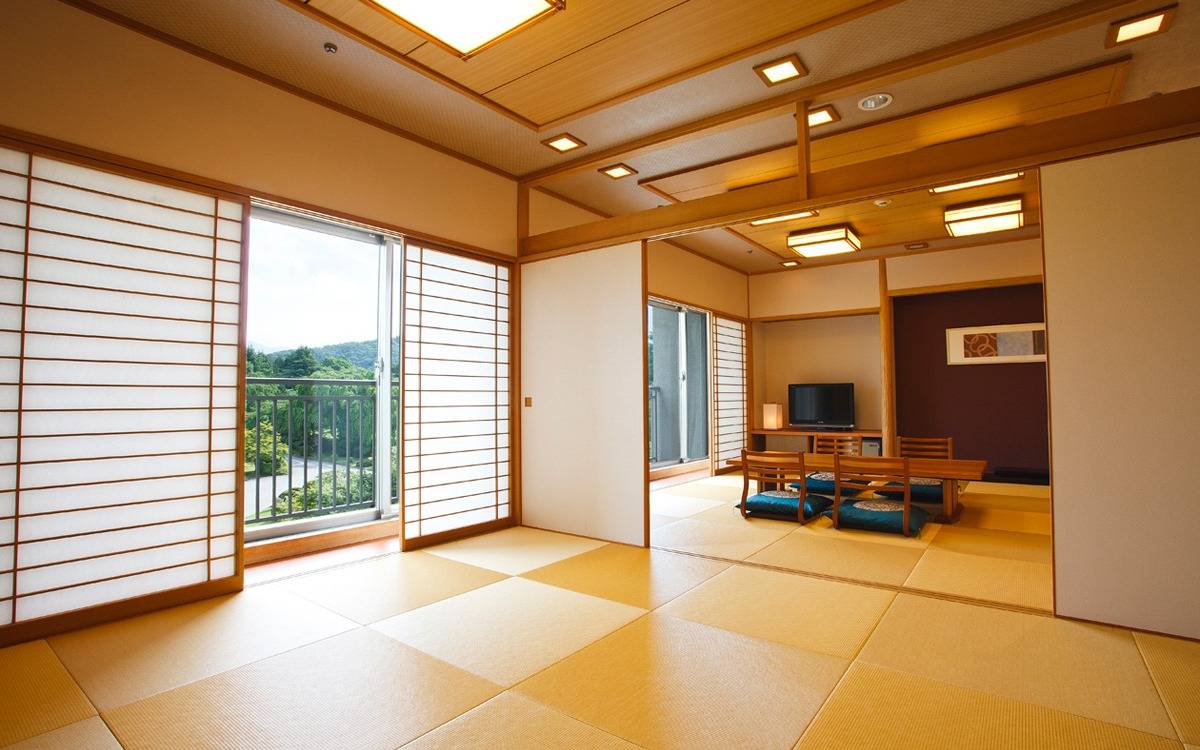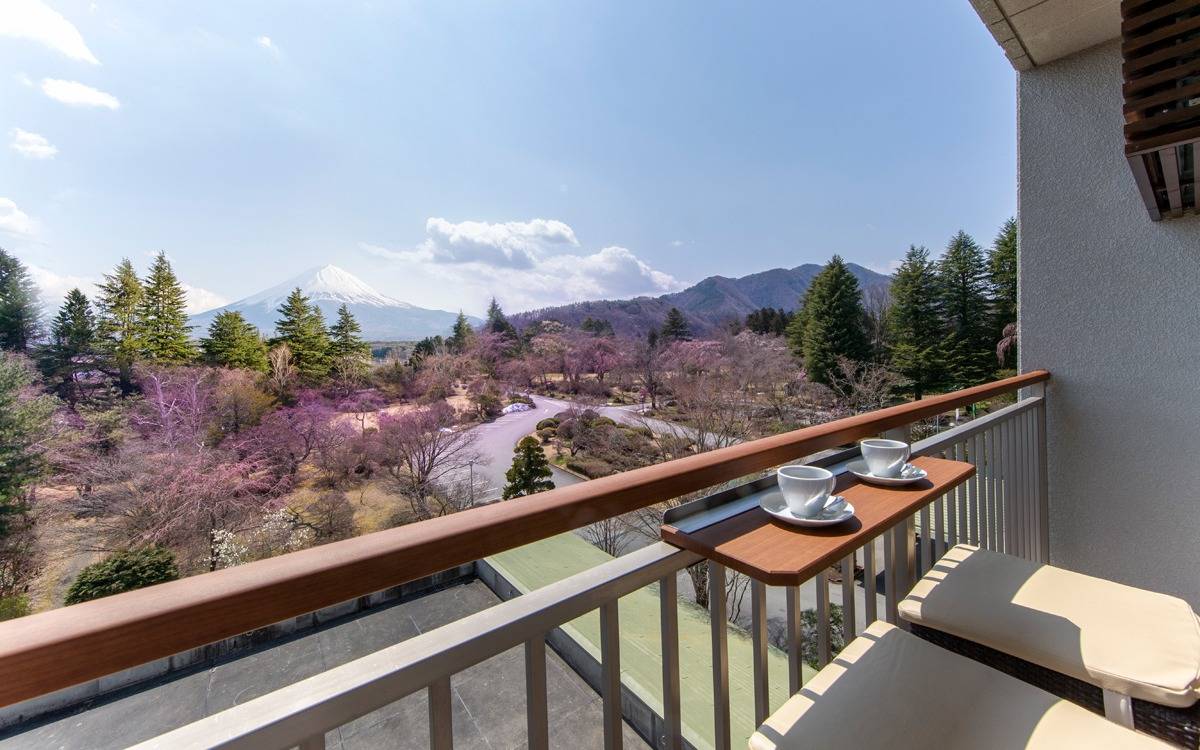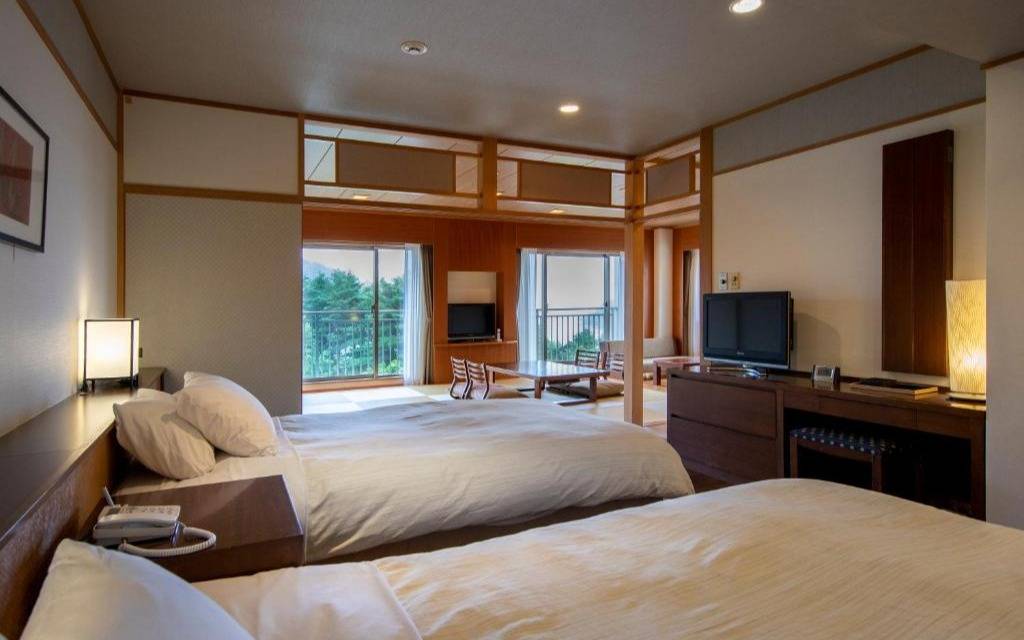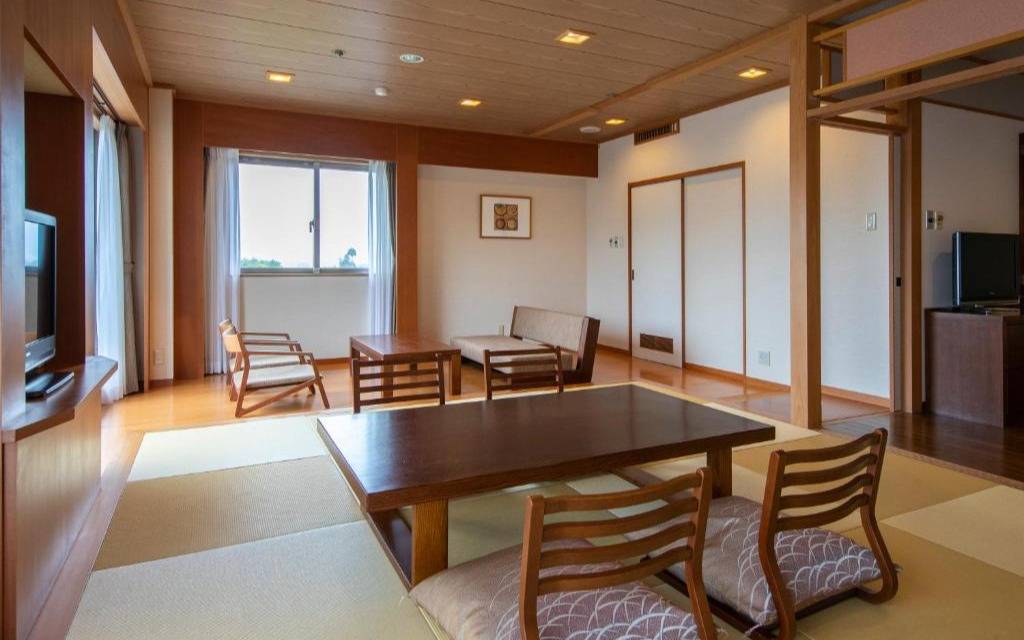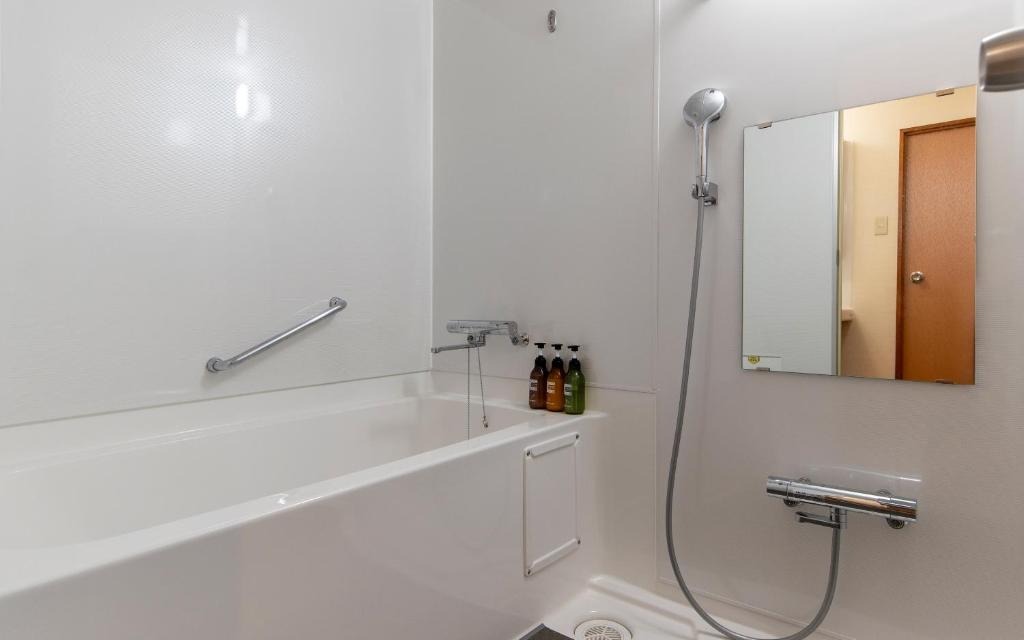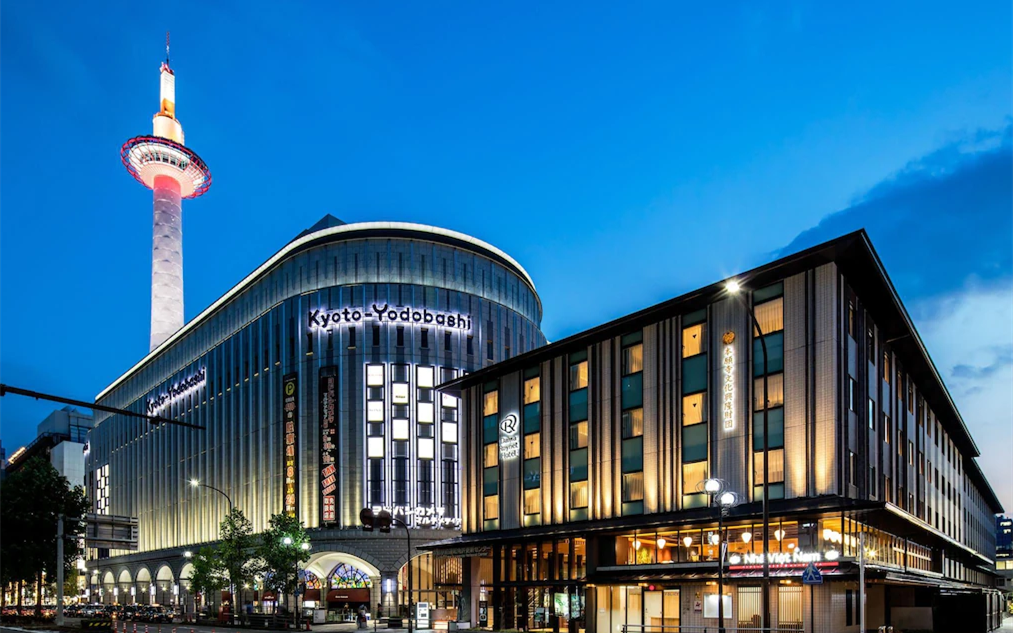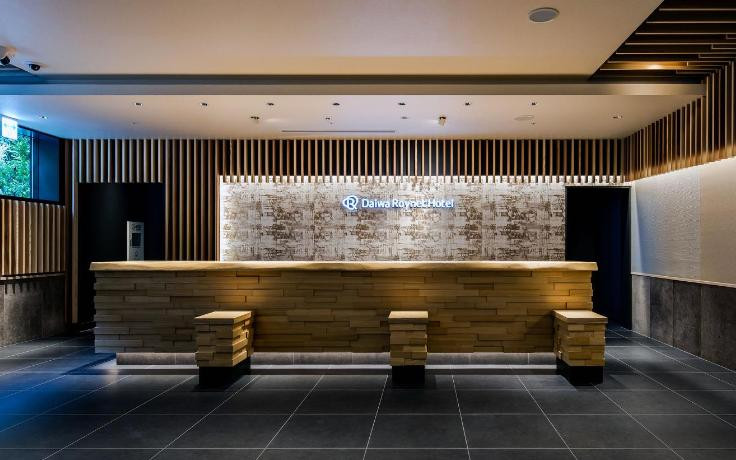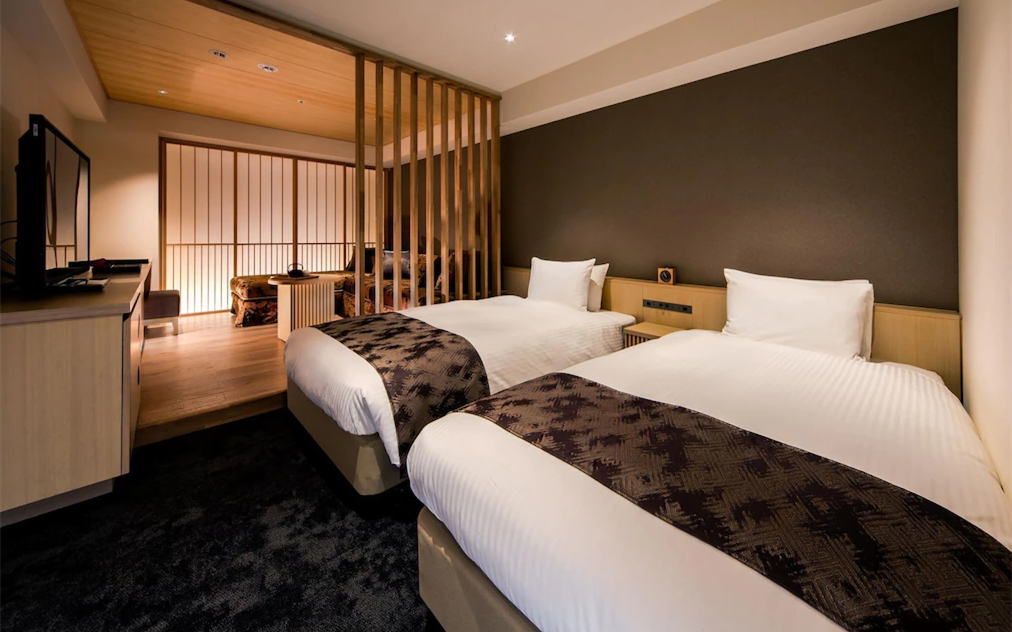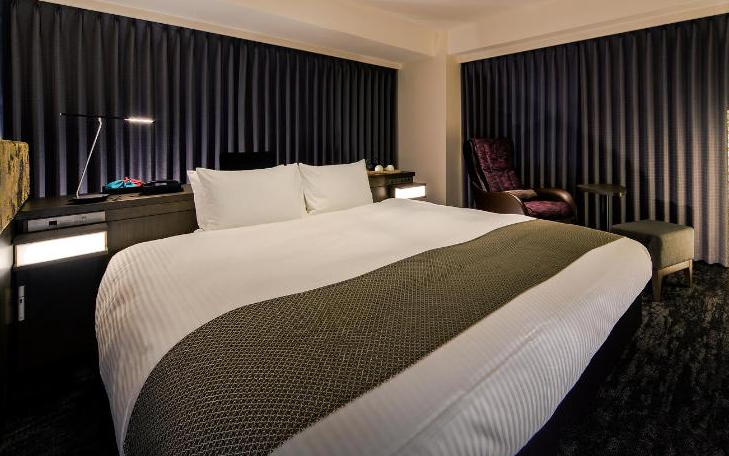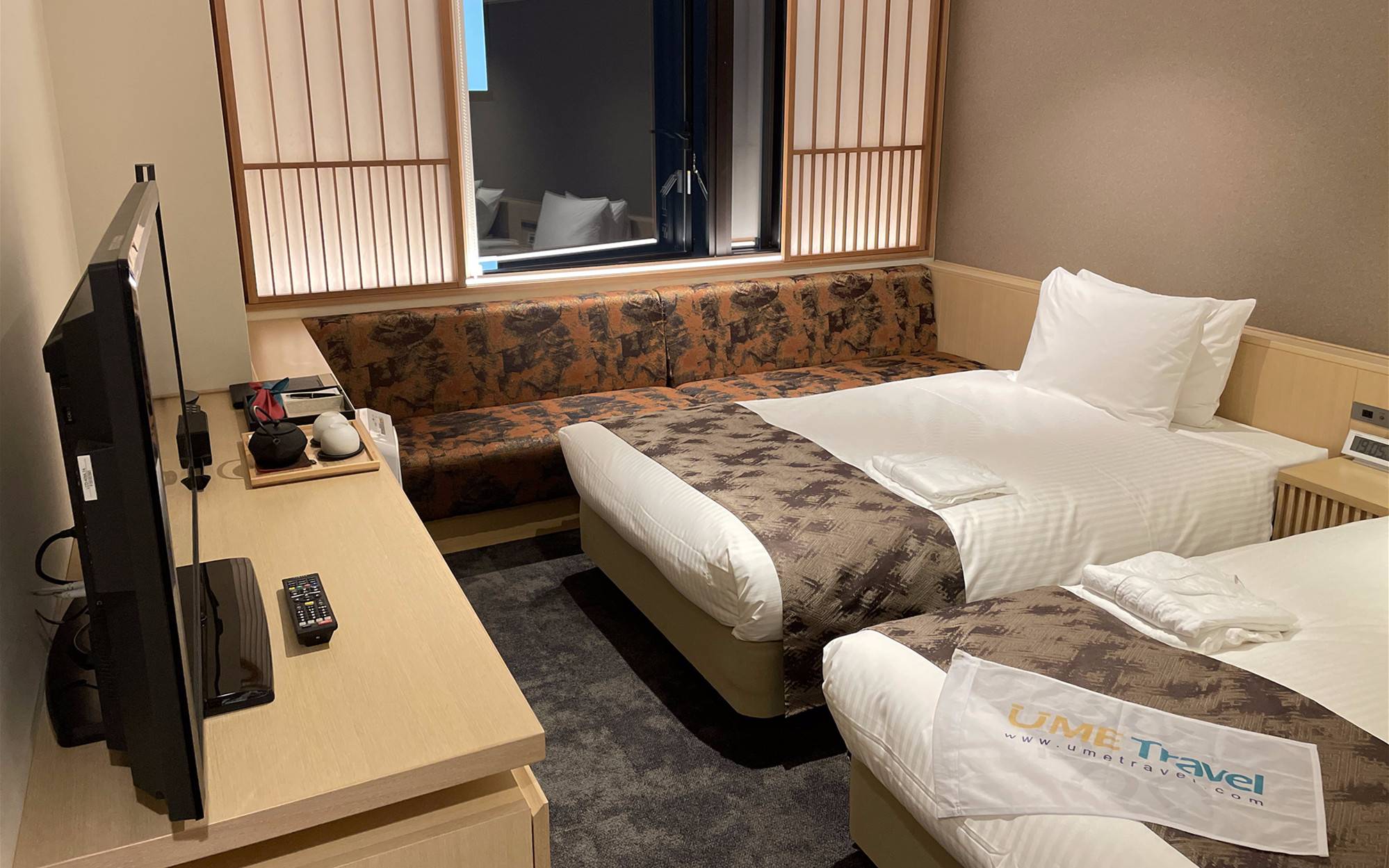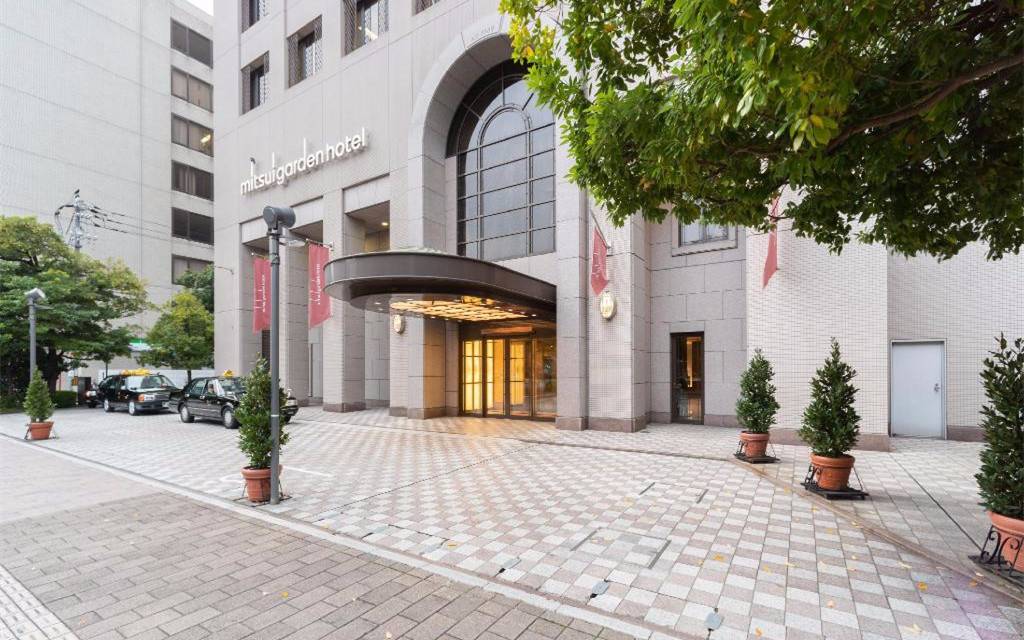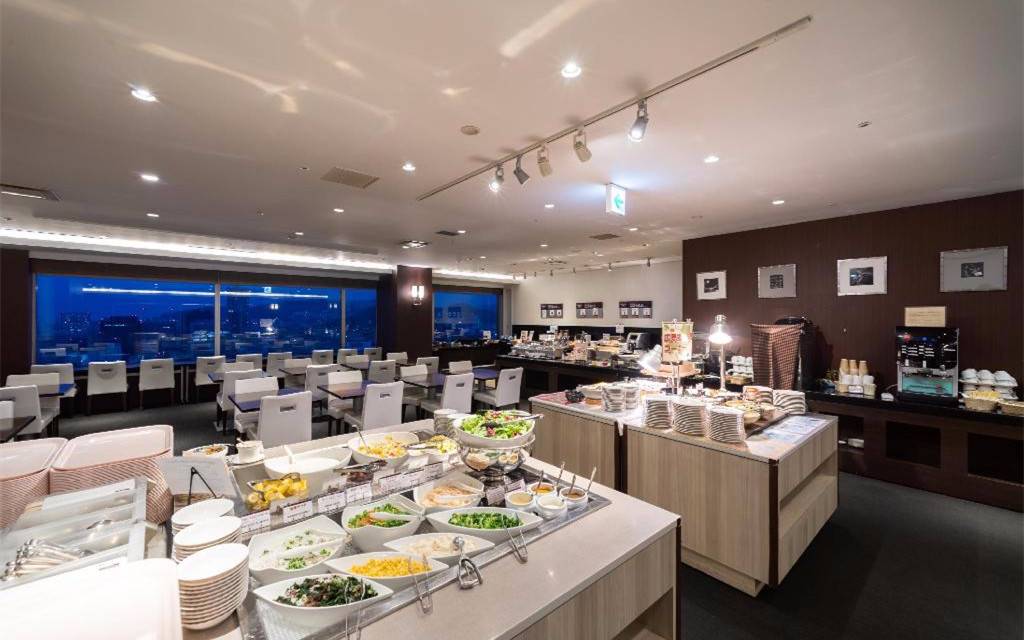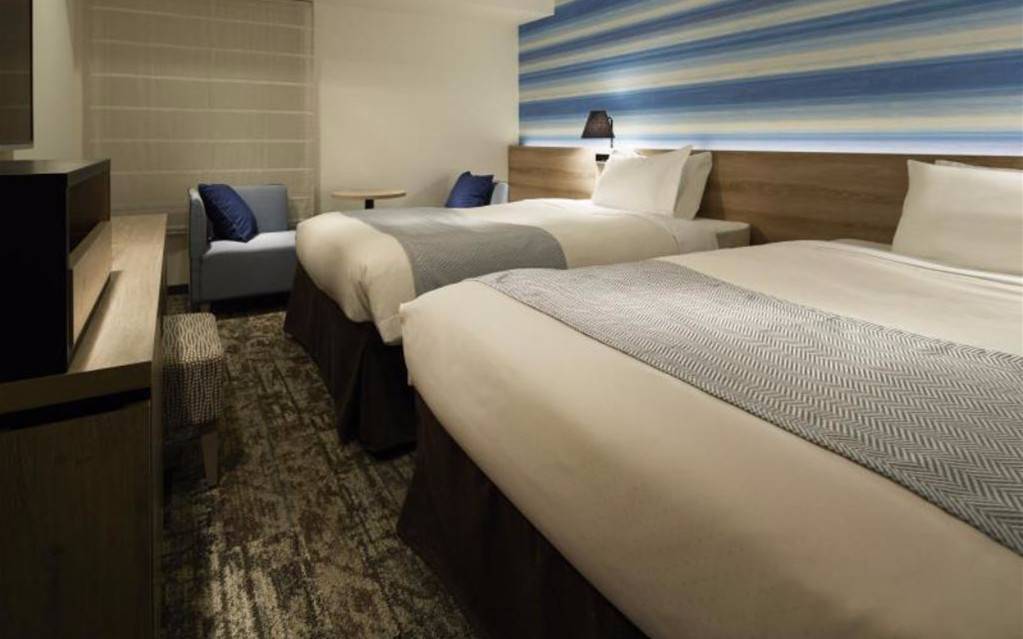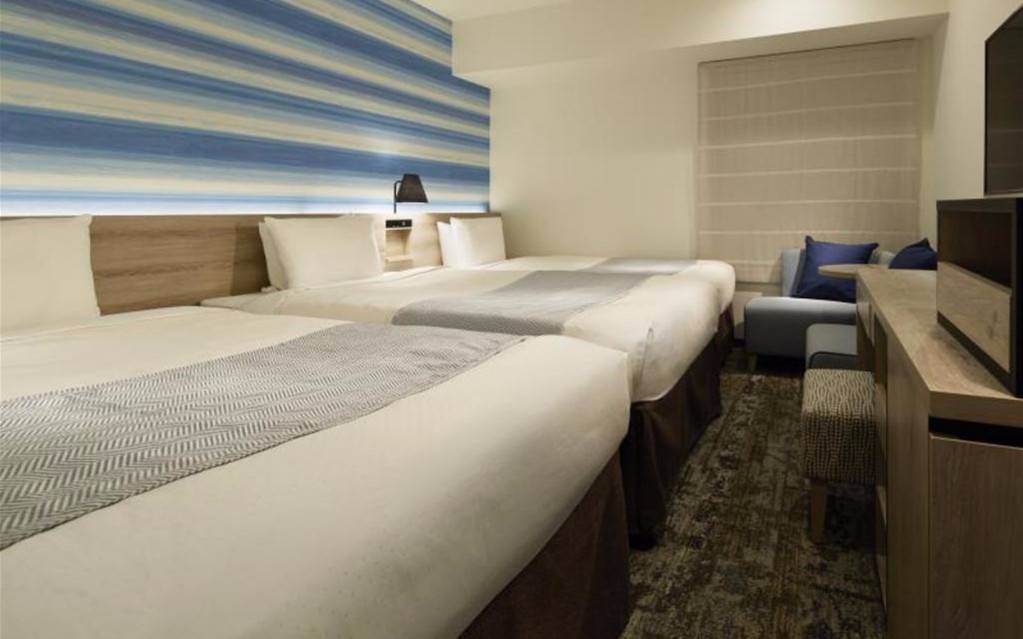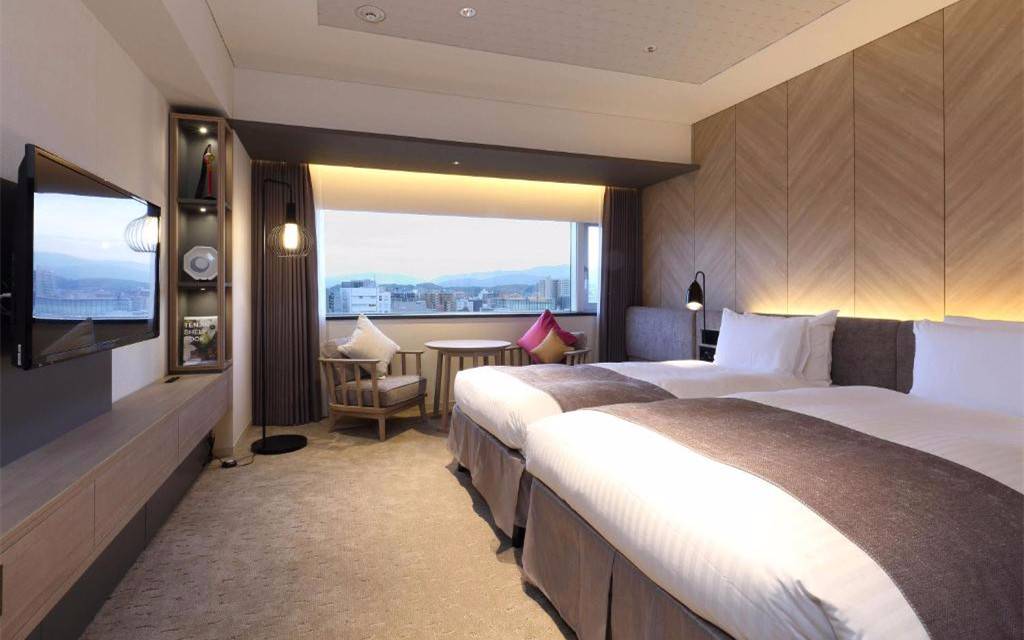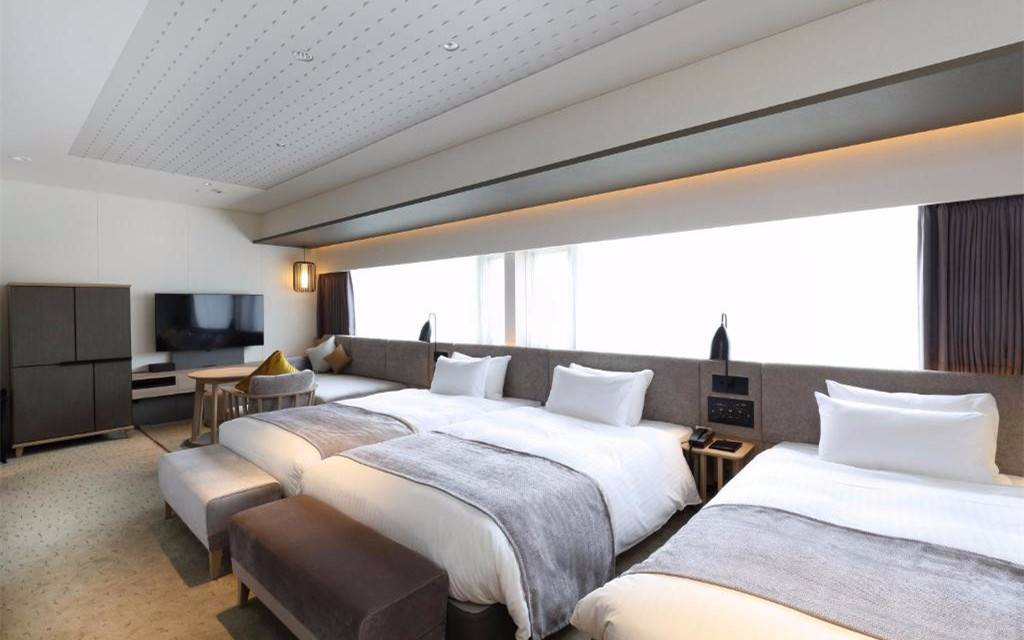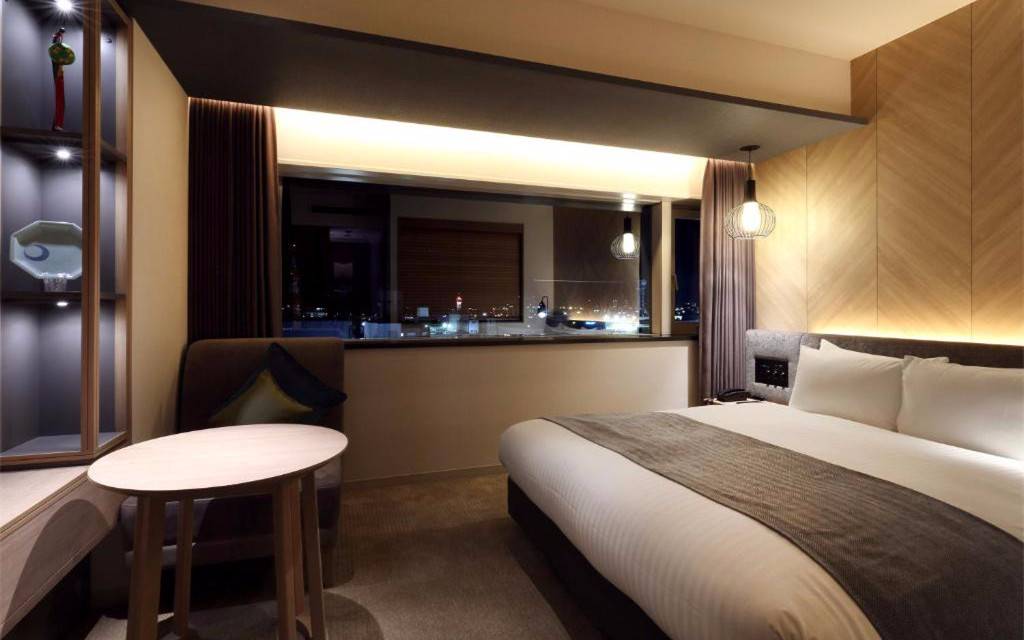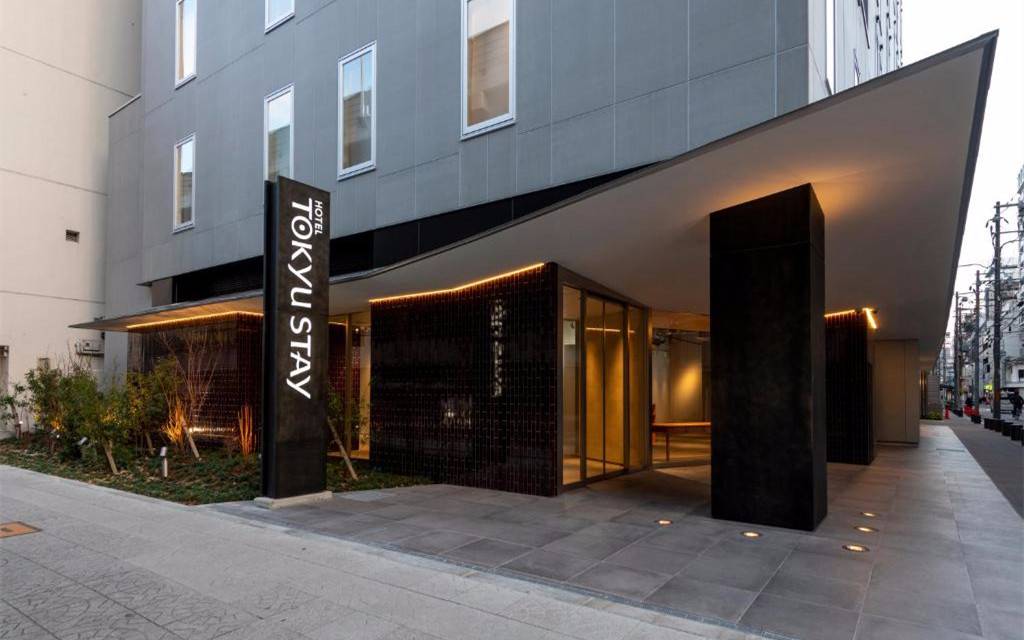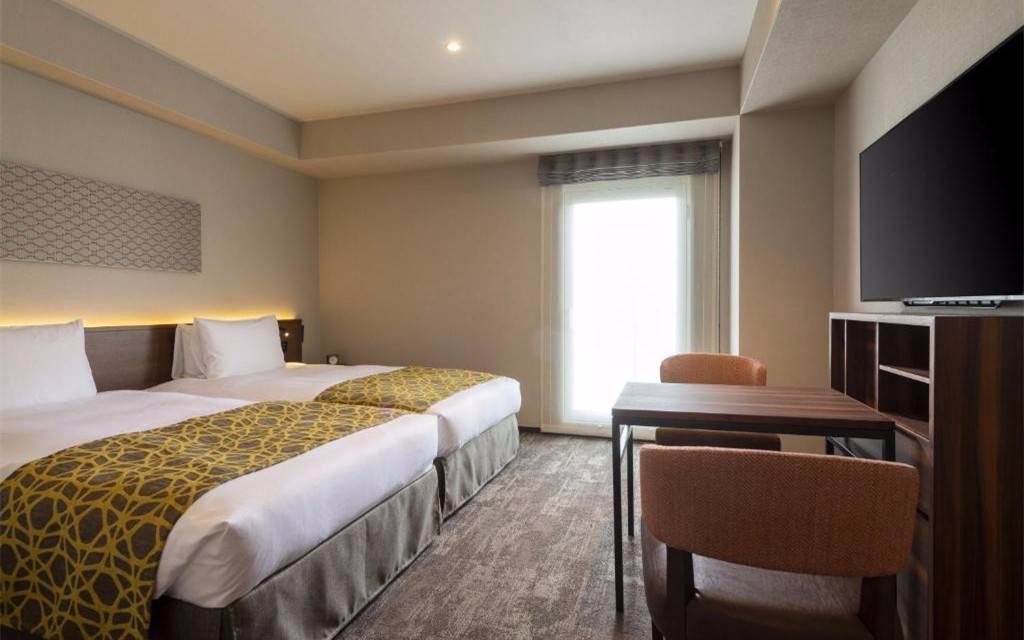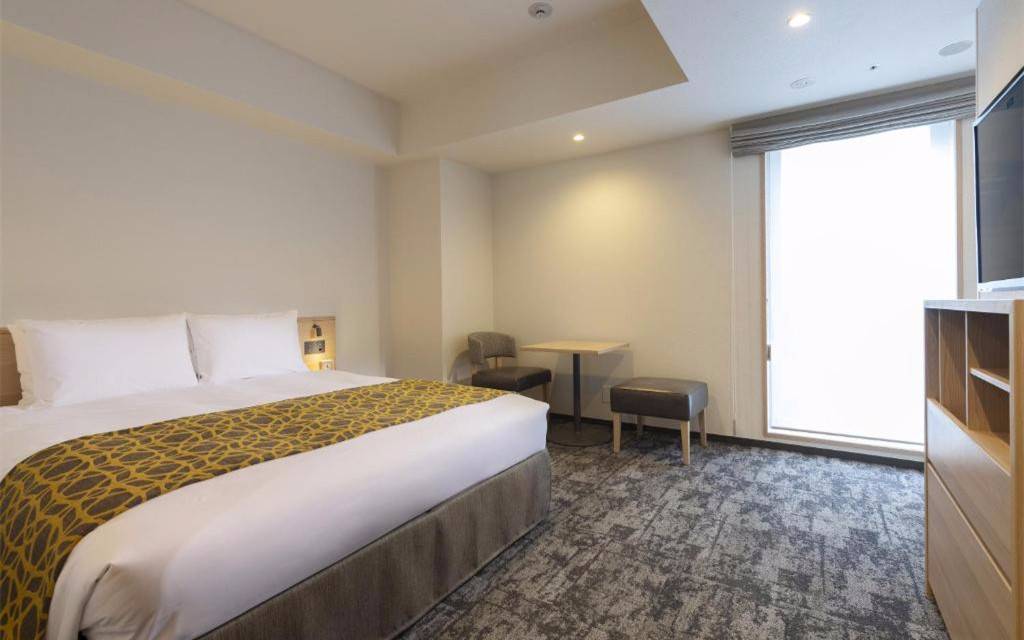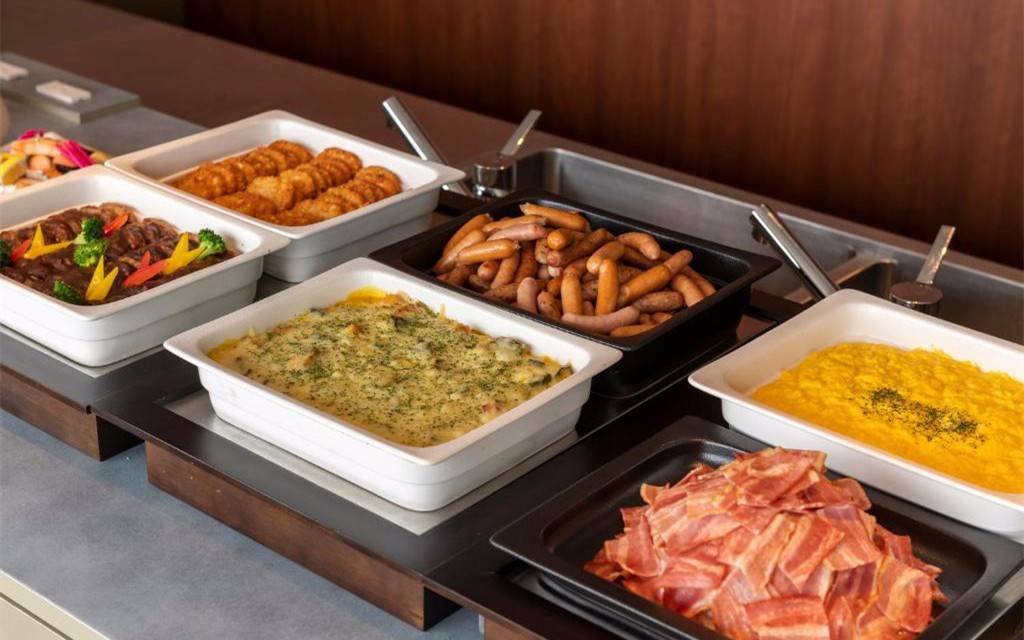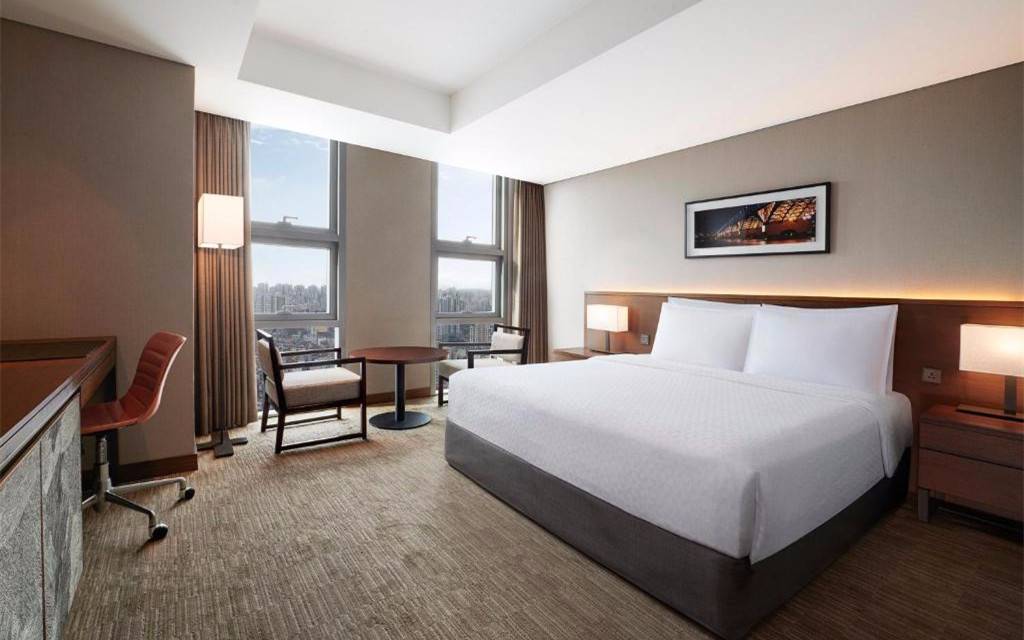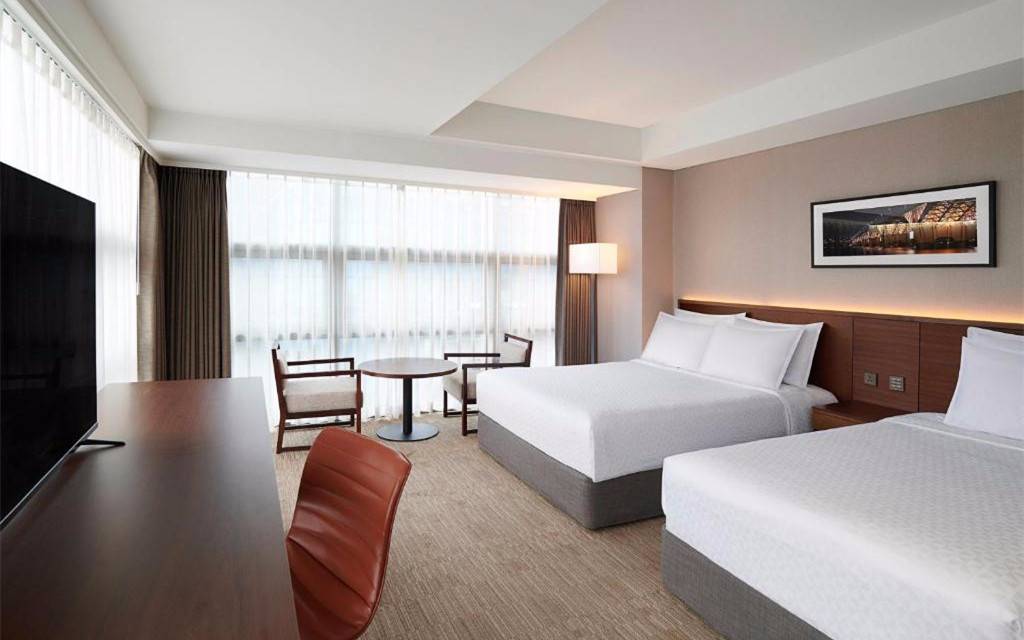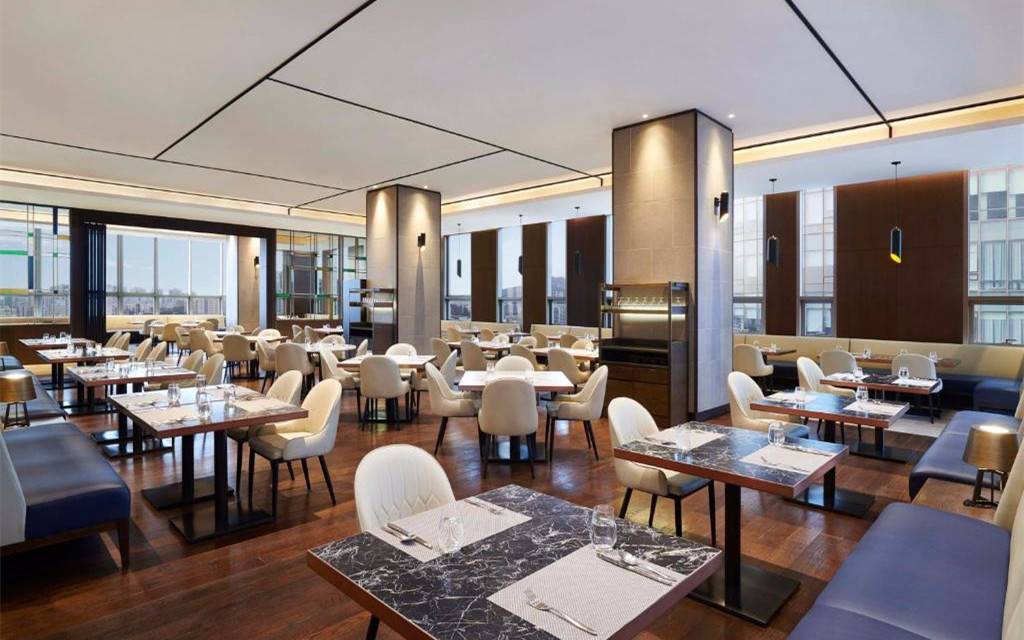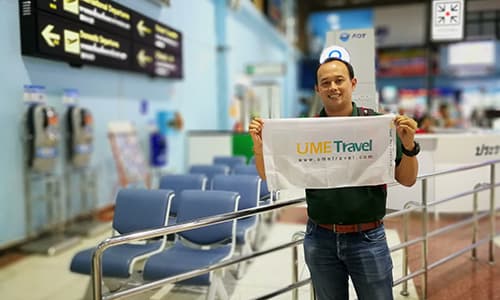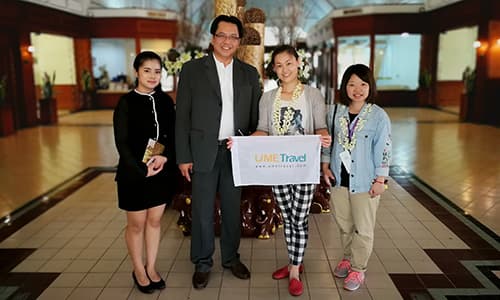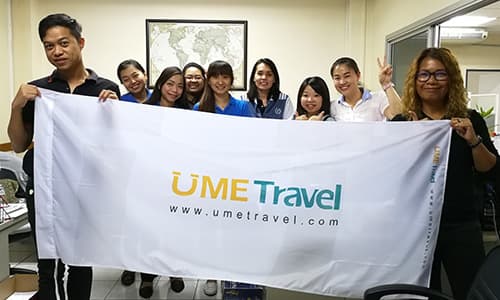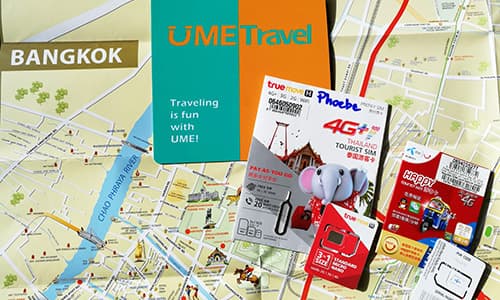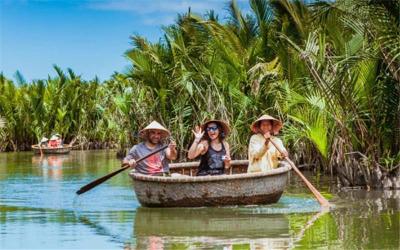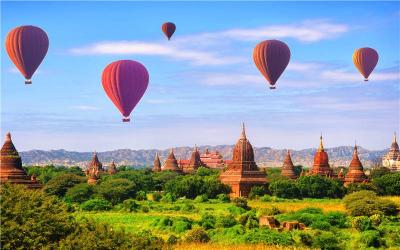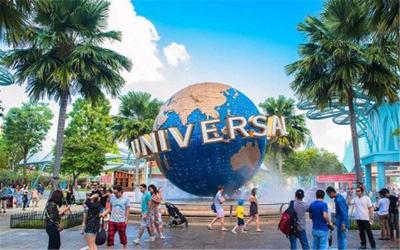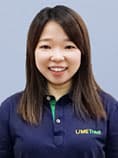12 Super Experiences!
Our genuine experts explored the destinations time and again and finally worked out the itinerary taking you to experience the highlights in various ways that others might miss.
Itinerary Details
The following itinerary is for your inspiration. Our experts will customize your own tour according to your interests, schedules, hotel tastes and budget. All can be tailor-made!
You Can
- Extend/cut down length
- Adjust activities to your interests
- Change a hotel
- Everything you want
Day 1 - Welcome to Japan!
Today you will fly to Tokyo. On arrival, your driver will welcome you at the arrival hall and transfer you to your hotel with a private car to ensure your arrival is worry-free.
Day 2 - Tokyo Full Day Essencial tour | Sensoji Temple, Asakusa Food Experience, Kokyo Gaien Garden, Akihabara
You will accompany with a Private English speaking guide by Private Car.
Senso-Ji Temple:The Senso-Ji Temple is the oldest temple in Tokyo. Thousands of local people pray for good luck here every year, so it is the best place to learn about Japanese culture. There are lots of festivals in the temple, so you can celebrate with local people whenever you go.
Asakusa Food Experience:Food tours are a great way to experience the local cuisine of Asakusa. This Senso-ji and Asakusa food tour is family-friendly. If you're a foodie, you should try some of the local street food such as takoyaki (octopus balls), yakisoba (stir-fried noodles), the Asakusa-specialty monjayaki (savory pancake), and taiyaki (fish-shaped waffles filled with sweet bean paste).
Kokyo Gaien Garden:The Imperial Palace was the emperors’ residence between 1888 and 1948. There is a big garden in the palace, where tourist can see many historical houses and colorful plants. During cherry blossom season, many tourists admire the blossom here.
Akihabara:Akihabara, also commonly known as “Electric Town,” is the go-to district in Tokyo for electronics—and a popular spot to immerse in anime and manga culture. The area’s hundreds of stores sell everything from computer parts to home goods.
Day 3 - Tokyo Full day Walking Tour with private guide by public transportations | Shibuya hachiko, Shibuya Sky Observation Deck, Harajuku, ShinjukuGolden Gai
one of Japan's unofficial landmarks, the Hachiko statue in Shibuya is a homage to the faithful Akita dog who waited at Shibuya Station every day for his master, even after his death. Today, it’s one of the most popular meeting places in Tokyo.Shibuya Sky Observation Deck on the rooftop, observe Tokyo from the "Sky Edge," where you can look down at the cityscape without any obstruction.Harajuku refers to the area around Tokyo's Harajuku Station, which is between Shinjuku and Shibuya on the Yamanote Line. It is the center of Japan's most extreme teenage cultures and fashion styles, but also offers shopping for adults and some historical sites of interest.Located in Shinjuku Kabukicho,Shinjuku Golden Street is an old street filled with nostalgia. The narrow alleys are crowded with about 300 izakaya houses in wooden longhouses.
Day 4 - Mt.Fuji Full Day | Lake Kawaguchiko, Tenjozan Park, Oshino Hakkai, Sengen-jinja Shrine
West Lake Village is located in the "West Lake" a display of Japan's original scenery thatched cottage village. From the village you can see Mount Fuji in the distance, and the pointed roofs are covered with thick thatch. The village brook murmuring, birds singing flowers, seems to have come to Xanadu.Head to Oshino Hakkai is a touristy set of eight ponds in Oshino, a small village in the Fuji Five Lake region, The eight ponds are fed by snow melt from the slopes of nearby Mount Fuji that filters down the mountain through porous layers of lava for over 80 years, resulting in very clear spring water that is revered by the locals.The Narusawa Hyoketsu Ice Cave is located at the east entrance to the Aokigahara Jukai "sea of trees" forest, and is regarded as one of the tourist spots within the Fuji Five Lakes area that can be visited throughout the year. Over 1150 years ago, during year 6 of the Jogan era (864 a.d.), Nagaoyama, a flank volcano of Mt. Fuji erupted. The red hot lava flow (Aokigahara Maruo) descended between ancient parasitic volcanoes, creating this two-tunnel type cave.Arakurayama Sengen Park is one of the world-famous viewing spots of Mount Fuji. In springtime, the cherry blossoms in bloom create a spectacular view of a five-storied pagoda and Mount Fuji unique to Japan. Not only does the park offer splendid views of the mountain in respective seasons, but it also serves as a popular viewing spot for the beautiful night scenery of Fujiyoshida City.
Day 5 - Hakone Classic Tour and stay in Kyoto | Lake Ashino, Hakone Pirate Ship, Owakudani
Hakone is the most popular tourist attraction in the Kanto region. "Hakone Day Tour" will take you to Lake Ashino to take the "Hakone Pirate Ship" to enjoy the beautiful scenery of Mt. Fuji and the lake, and then take the "Hakone Ropeway" to Owakudani. The scenery along the way is pleasing to the eye . Owakudani, left over from a volcanic eruption 4,000 years ago, in addition to being able to see the crater, now still has bursts of white smoke and the smell of sulfur. In Owakudani, you can buy the legendary black jade, which can prolong life. It is said that eating one can prolong life by 7 years!
Shinkansen/Bullet train experience between Odawara and Kyoto(Ticket Included)
After arriving at Station,Check in at the hotel by yourself.The hotel is close to the station.
After arriving at Station,Check in at the hotel by yourself.The hotel is close to the station.
Day 6 - Kyoto's Cultural Journey | Kinkaku-ji Temple, Kiyomizu-dera, Kiyomizu-dera (Private Guide)
You will accompany with a Private English speaking guide by Private Car.
Kinkaku-ji Temple:With its gleaming gold tiers reflected in the lake below and a backdrop of forests and twisted pines, Kinkaku-ji (the Golden Pavilion) is an enchanting sight. Dating back to the 14th century, the UNESCO World Heritage Site is one of Kyoto’s most popular attractions and among Japan’s most visited temples.
Kiyomizu-dera:Founded in 778, Kiyomizu-temple is one of Kyoto's oldest monasteries and was added to the World Heritage List in 1994. The Shimizu stage hanging in front of this hall is a precious cultural relic of Japan, surrounded by green trees. In spring, cherry blossoms are in full bloom, which is one of the famous places for appreciating cherry blossoms in Kyoto. In autumn, it becomes a holy place for appreciating maple trees.
Kimono and Tea Ceremony Experience:Kyoto Tea Ceremony in Japan is one of the best and memorable experiences you can have! Kimonos would normally be worn during traditional tea ceremonies. Our expert tea master and host, and friendly staff will demonstrate the process during the tea ceremony while explaining the significance behind it the steps and the tools. You will get to learn about tea ceremony history, Kyoto, and tea ceremony etiquette. During the tea ceremony, you will not only observe how to make matcha green tea but you will also be guided on the process of making your own by the tea master. You will be using high-quality matcha powder that will produce a brilliant cup of green matcha.
Day 7 - Kyoto's Cultural Journey Stay in Osaka | Fushimi Inari Taisha, Uji, Nara Park
After a tour with a history tracing back to the 8th century, Fushimi Inari Taisha is the headquarters of the some 30,000 Inari shrines around the country. We will take you to visit down to Uji. Famous for its high quality tea, Uji was one of the first places in Japan where green tea was cultivated. Afterwards, head to Nara Park and Tōdai-ji Temple, all prized possessions in the heart of the city. Nara Park houses over 1,200 roaming deers that have become a natural treasure.
Day 8 - Hiroshima Full Day Highlights tour with private tour guide by local transfer (metro or bus) | Atomic Bomb Dome,Hiroshima Peace Memorial Park, Hiroshima Castle
Today, you will be accompanied with a tour guide to visit Hiroshima by one way bullet train and public transportation.
On this tour, Hiroshima's Atomic Bomb Dome, the place of prayer for peace on this leisurely tour. * Hiroshima is the principal city of the Chugoku Region and home to over a million inhabitants. Hiroshima's Peace Memorial Park ( Heiwa Kinen Kōen) is one of the most prominent features of the city. Even visitors not looking for it will likely stumble upon the large park of over 120,000 square meters. Its trees, lawns, and walking paths are in stark contrast to the surrounding downtown area. The sight is ranked as one of Japan's three best views. Hiroshima Castle, also known as Carp Castle, was originally built in the 1590s. It was destroyed by the atomic bomb along with the rest of the city in 1945 and rebuilt in 1958. Since then, it has also served as a museum of the history of Hiroshima before World War II The history of the castle itself, as well as Japanese castles in general, is clearly explained.
Day 9 - Miyajima Full Day Highlights tour with private guide by local transfer (metro or bus) | Miyajima, Itsukushima Shinto Shrine
Today, you will be accompanied with a tour guide to visit Miyajima and back Osaka by one way bullet train and public transportation.
Miyajima is a romantic place, There are also wild deer on the island that have become accustomed to people. In the day the deer wander around the same sites as the tourists, and in the evening they sleep along the walking paths. Unlike in Nara, the deer on Miyajima must not be fed.The centuries-old Itsukushima Shrine (Itsukushima Jinja) on Miyajima is the source of both the island's fame and its name. Formally named Itsukushima, the island is more popularly known as "Miyajima", literally "shrine island" in Japanese, thanks to its star attraction. The shrine is known worldwide for its iconic "floating" torii gate.
Day 10 - Osaka Adventure | Kuromon Ichiba, Osaka Castle, Osaka Museum of History, Umeda Sky Building
"Kuromon Ichiba is a lively covered market which stretches for 580 meters in Osaka’s Chuo Ward. Nicknamed “Osaka’s kitchen” because both local homeowners and restaurant chefs get their supplies here, the market is famous for its fresh seafood and has recently become a popular tourist location. The construction of Osaka Castle started in 1583 on the former site of the Ishiyama Honganji Temple, which had been destroyed by Oda Nobunaga thirteen years earlier.The Osaka Museum of History aims to develop a variety of activities based on the historic and cultural heritage cultivated in this region for people in Osaka as well as for all visitors. The ultramodern Umeda Sky Building is a landmark of Osaka's Kita Ward. It sprouted up at the end of Japan's economic bubble in 1993. Head to the uniquely designed observation deck for a picture-perfect view of the expansive cityscape.
Day 11 - Free Day
Free Time or self-arrangment by your own.
Day 12 - Departure Japan, Welcome to South Korea!
Transfer service between Osaka and KIX airport.
Transfer service between Seoul and ICN airport by private car.
Day 13 - Incheon Full Day Highlights Tour | Wolmido Island, Incheon China Town, Jjajangmyeon Museum, Sinpo International Market
If you’re looking for a beautiful and secluded island getaway in Korea, look no further than Wolmido Island. Wolmido is derived from the island’s form in the Korean language, which looks like a crescent moon. This hidden gem is located in Incheon and is home to some of the most stunning scenery in the country. Whether you’re interested in hiking, swimming, or simply relaxing on the beach, Wolmido Island has something for everyone.Incheon's Chinatown is on everyone’s top ten list of things to do in Incheon, and for a good reason: it’s a lot of fun.When approaching Chinatown, the first thing you’ll notice is the lovely gold and red Paifang, or traditional Chinese gateway. Junghwamun, Seolinmun, Inhwamun, and Hanjungmun are the names of four Paifangs in Chinatown. When you walk the streets and circle in and out, you’ll be able to see them all.Jjajangmyeon Museum Here you can learn about the history of the noodle and its manufacture—and even “the influence and value it effected on Korea.” Sometimes tiny, highly specialized museums are the best way to learn about a culture; they capture the details of life the culture wants to make sure are never forgotten.Located in Sinpo-dong, Jung-gu, Incheon, Sinpo market (3,300㎡) dates back to the late 19th century when vendors began selling fresh vegetables to the Japanese, Chinese, and Westerners who settled in the area. Sinpo Market was officially registered as a market in 1970 and now boasts over 140 stores.An increasing number of tourists and international merchants have visited Incheon by ferries and cruise ships, turning the local market into an international shopping area over the past few decades.The most famous item of the market is Dakgangjeong, a Korean dish of crispy fried chicken coated in a sweet and spicy sauce.
Day 14 - Seoul Highlights Tour | Blue House, Gyeongbokgung, Bukchon Hanok Village
Cheong Wa Dae, or Blue House, is the official residence of the President of the Republic of Korea. It was built with traditional Korean architectural styles. The name comes from the translation of Cheong Wa Dae which means “pavilion of blue tiles.”Gyeongbokgung Palace was the first and largest of the royal palaces built during the Joseon Dynasty. Built in 1395, Gyeongbokgung Palace was located at the heart of the newly appointed capital of Seoul (then known as Hanyang) and represented the sovereignty of the Joseon Dynasty. The largest of the Five Grand Palaces (the others being Gyeonghuigung Palace, Deoksugung Palace, Changgyeonggung Palace, Changdeokgung Palace), Gyeongbokgung served as the main palace of the Joseon Dynasty.Bukchon Hanok Village is a historic village dating back almost 600 years to the Joseon Dynasty which features hanok or Korean traditional houses. Bukchon means “northern village.” The quaint residential village lies in a hilly neighborhood north of Cheonggyecheon Stream and between two royal palaces, Gyeongbokgung Palace, Changdeokgung Palace.
Hanbok Experience:Choose from a variety of diverse fusion or traditional hanbok designs to wearExplore Seoul’s historical landmarks dressed in a traditional or fusion hanbok.
Day 15 - Seoul Full Day Classic Tour | Nami Island, The Garden of Morning Calm, Namsan Park,Myeong-Dong
Located near Seoul, Nami Island, or Namiseom is a beautiful island that is among the most popular attractions in Korea for good reason. Featuring beautiful tree lanes, woodlands, riverside walks, and many more, Nami Island offers picture-perfect scenery all year round. It is just surprising how this small island has it all!For those who love nature and are also fond of botanical gardens, head for the Garden of Morning Calm, one of the best and most beautiful gardens in Korea.Inspired by Korea’s nickname, ‘The Land of the Morning Calm’, the garden focuses on the country’s natural beauty and showcases floral arrangements and landscaped gardens built in harmony with the surroundings.Myeong-Dong This busy shopping district is famous for its beauty and skincare products, along with many popular Korean and international fashion brands. Hit the shops early for fewer crowds and stay till late for food and entertainment. The street is lined with food vendors selling Korean street food and there are a number of popular Korean restaurants in the area. The area's central location also makes it a convenient base when visiting Seoul.
Day 16 - Seoul Highlights Tour | Namsan Park, Love locks, Gwangjang Market, Insadong
Namsan Park is the largest park in Seoul and is home to many species of trees, plants, and animals. The park is well-known for its beautiful walking trails, which allow visitors to see the local wildlife, such as its squirrels. The park covers a large area and features a number of tourist attractions, including Baekbeom Square, the Namsan Cable Car and Namsan Seoul Tower, and statues of famous figures in Korean history. A number of events take place at the park and one of the biggest is the annual cherry blossom festival in April. The Cherry Blossom Path in Namsan Park is the longest trail of cherry trees anywhere in the city and is spectacular in full bloom.Love locks are padlocks that are locked to a public fixture to symbolize love. Mostly, the keys are thrown away or the locks can’t be unlocked, symbolizing an unbreakable bond. Gwangjang tops in as the oldest remaining traditional market in Korea. From shoes to fashion accessories and modern clothing to hanbok (traditional Korean formal wear), Gwangjang Market's got just about everything under the sun. And lest we forget the food. Besides being famous for its textiles and hanbok, Gwangjang Market is at its heart a foodie paradise. All of the best dishes in Seoul pop up in the stalls here. Whether you’re in the mood for kalguksu (hand-cut wheat noodles) or gimbap (seaweed rice rolls), your tastebuds will find it at Gwangjang Market.Insadong is a vibrant neighborhood in Seoul that is full of life.Be one with the crowd and explore the beautiful network of alleyways.Each passageway comes with a unique attraction that is hard to miss. These include some local shops and family-run restaurants.And because of the cosy yet bustling atmosphere, it’s easy to fall in love with this quaint district.
Day 17 - Paju Full Day Essencial Tour | Demilitarized Zone, Paju Imjingak Peace Gondola, Third Tunnel of Aggression
The Demilitarized Zone (DMZ) is a region on the Korean peninsula that demarcates North Korea from South Korea. Roughly following the 38th parallel, the 150-mile-long DMZ incorporates territory on both sides of the cease-fire line as it existed at the end of the Korean War (1950–53). The areas north and south of the demarcation are heavily fortified, though skirmishes between the two sides are rare.Gondola ride DMZ tour gives you the perfect bird’s eye view of the Demilitarized Zone, allows you to spy on North Korea from Odu Observatory and walk across Freedom Bridge. Don’t miss this chance to learn about the world’s most dangerous border on this “only in Korea” experience!Called the Third Tunnel of Aggression, it was built by North Korea in the 1970s and discovered in 1978 by South Korea. It was the third tunnel found by the South—a total of four have been discovered—and it is rumored there may be more than a dozen more undiscovered North Korean passages.
Accommodation
- 3 Nights in Tokyo
- 1 Night in Fujiyama
- 3 Nights in Kyoto
- 1 Night in Hiroshima
- 2 Nights in Osaka
- 1 Night in Osaka
- 6 Nights in Seoul
Nearby Toyocho Station offers direct subway access to Otemachi and Nihonbashi in about 10 minutes. JR Tokyo Train Station and the Imperial Palace are a 15-minute taxi ride away. Tokyo Sky Tree Tower is a 20-minute drive away, and Tokyo Disney Resort is a 30-minute drive. Airport limousine busses to/from Narita and Haneda airports are offered at an extra charge.
Disney bus, reservation website:
https://tdr-bus.hotel-east21.co.jp/index_jp.php?_gl=1*iqzijv*_ga*NDA4ODcxODM1LjE1OTQ0MjMwMDY.*_ga_ZYYBT0WGY6*MTcxMTEyNjQ0Ni4zMTg5LjEuMTcxMTEyNjQ0OC41OC4wLjA.#_ga=2.241183618.1286329081.1711118458-408871835.1594423006
Overlooking Mount Fuji and Lake Kawaguchi, Fuji View Hotel offers spacious accommodations surrounded by gorgeous Japanese gardens with lush greenery and cherry trees. The on-site hot springs public bath was renovated and reopened in March 2018. Guests can unwind in indoor and outdoor hot spring baths. Free WiFi is provided at the lobby. The hotel offers free shuttles to/from Kawaguchiko Train Station, a 10-minute ride away.
Newly opened in August 2016, Daiwa Roynet Hotel Kyoto Ekimae offers accommodations with free WiFi. The hotel is directly connected to JR Kyoto Station and a 4-minute walk away. Laptop rentals are available for in-room use.
Kyoto Ekimae Daiwa Roynet is a 15-minute walk from Toji Temple and a 20-minute train ride from Fushimi Inari Shrine. Kansai International Airport can be reached with a 105-minute bus ride from the property. Nishi and Higashi Hongan-ji temples are respectively a 15 and 10-minute stroll from the hotel.
Guests can enjoy dishes while overlooking the city at Confrere Restaurant. For drinks and light snacks, guests can visit Café Di Espresso. A buffet is available for breakfast.
Mitsui Garden Hotel Hiroshima provides laundry and dry-cleaning services. A hair salon is also available.
The Atomic Bomb Dome is a 12-minute walk from the hotel, while Hiroshima Big Arch is a 20-minute drive away. The nearest airport is Hiroshima Airport, a 55-minute drive away from the property.
The air-conditioned rooms feature carpeted floors, a flat-screen satellite TV and a air purifier. A fridge and an electric kettle with green tea bags are included in each. Room wears are provided for all guests, while the private bathroom comes with a hairdryer.
Hotel Nishitetsu Solaria is a 10-minute drive from Ohori Park and JR Hakata Train Station. Canal City Hakata is a 5-minute drive away and Fukuoka Airport is a 15-minute drive away.
Tokyu Stay Osaka Hommachi has a fitness center, shared lounge, a terrace and restaurant in Osaka. This 4-star hotel offers a 24-hour front desk, luggage storage space and free WiFi. The property is 1.1 miles from the city center and a 8-minute walk from Namba Shrine.
Offering a restaurant and a fitness centre, Four Points by Sheraton Josun, Seoul Station is directly connected to Seoul Station via an underground passage. The hotel offers free WiFi in all areas as well as free on-site parking.
Each room here has air conditioning, a work desk, a safety deposit box and ironing facilities. Private bathroom is fitted with a walk-in shower and comes with bathrobes and slippers. Free bath amenities are provided.
What's included
Carefully selected accommodation with breakfast
Accommodation based on two people sharing (for each person not sharing a room, the single supplement will be added)
-
Well screened Hotels
Handpicked hotels with good service and spacious room.
-
Super nice location
Downtown location with convenient transportation and many good restaurants nearby.
All mentioned internal flights, trains, and cruises
Private & air-conditioned vehicle with ample space
-
Best-time flight
No early get up. No late arrival.
-
Better seats
Select seats for you as spacious as possible, such as exit row or bulkhead with more legroom.
All meals specified in the itinerary
-
Satisfying food
Your special request on food can always be satisfied, no matter it relates to religion or medical purpose!
-
Local specialities
Traditional local food is delicious and its specialities are worth searching out with our local guide!
-
Little snack
Wanna try authentic local snack? Please follow us!
Bottles of drinking water and cold towels per guest per day
24/7 helpline while you are travelling
All excursions specified in the itinerary
All entrance fees specified in the itinerary


